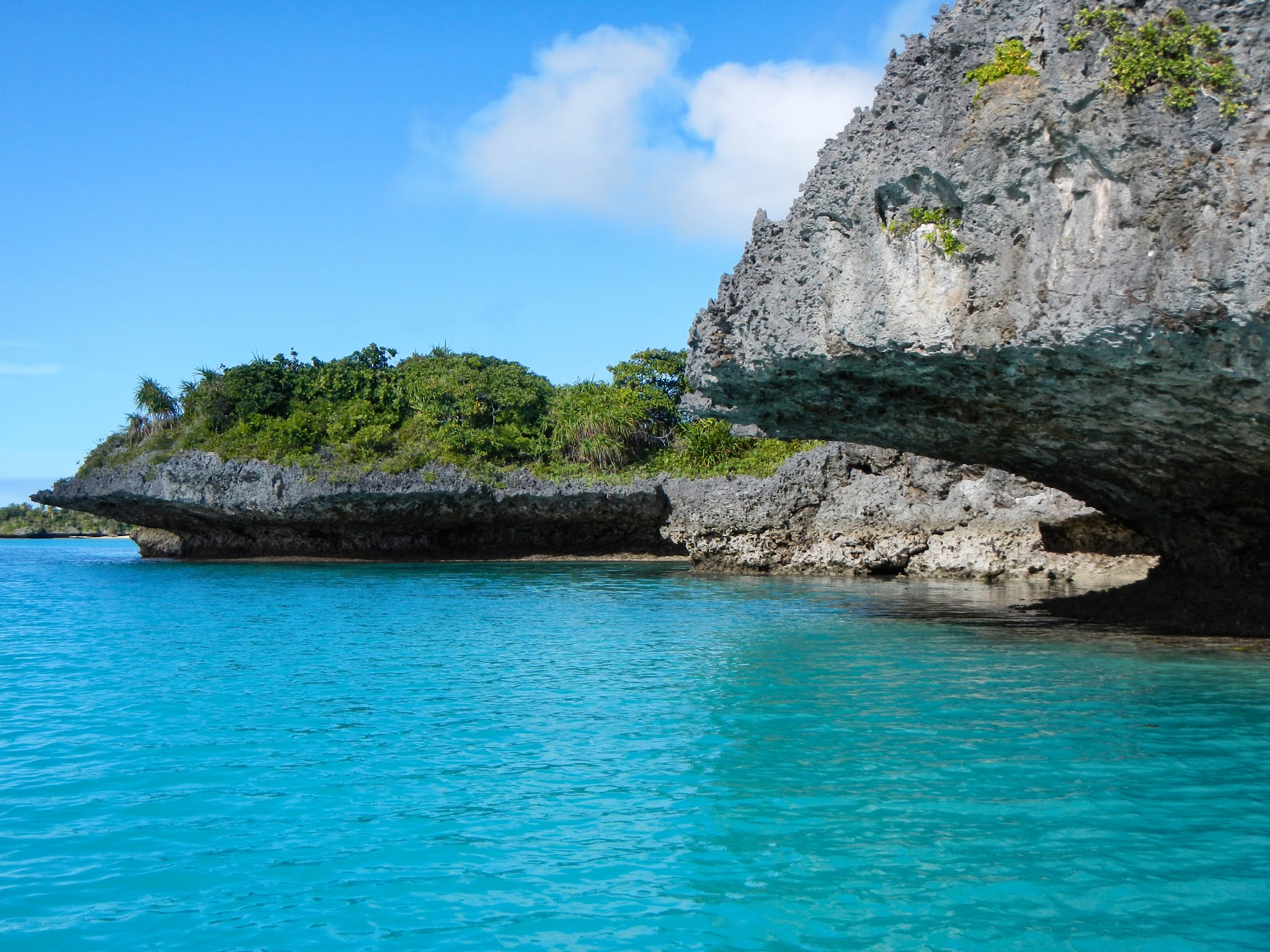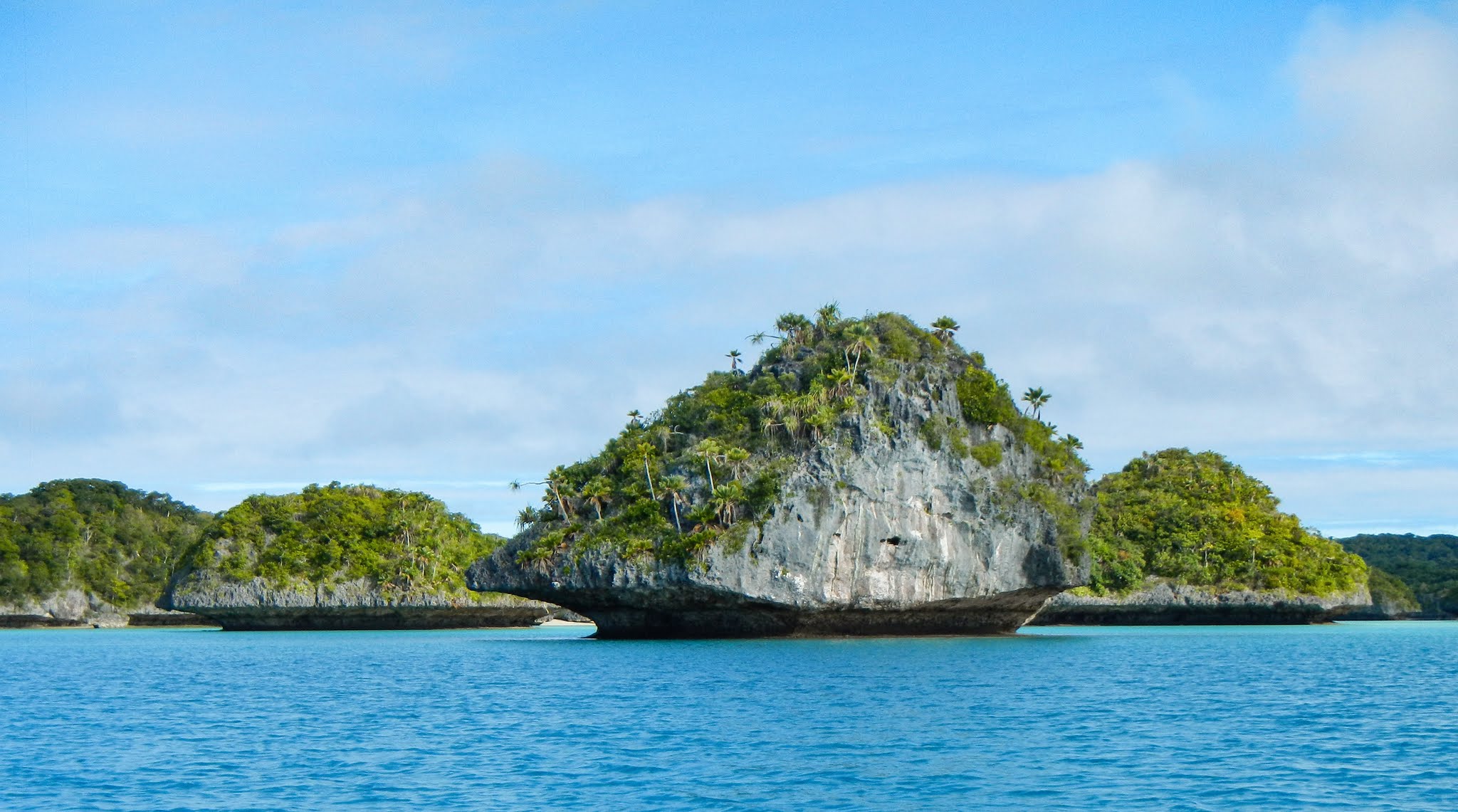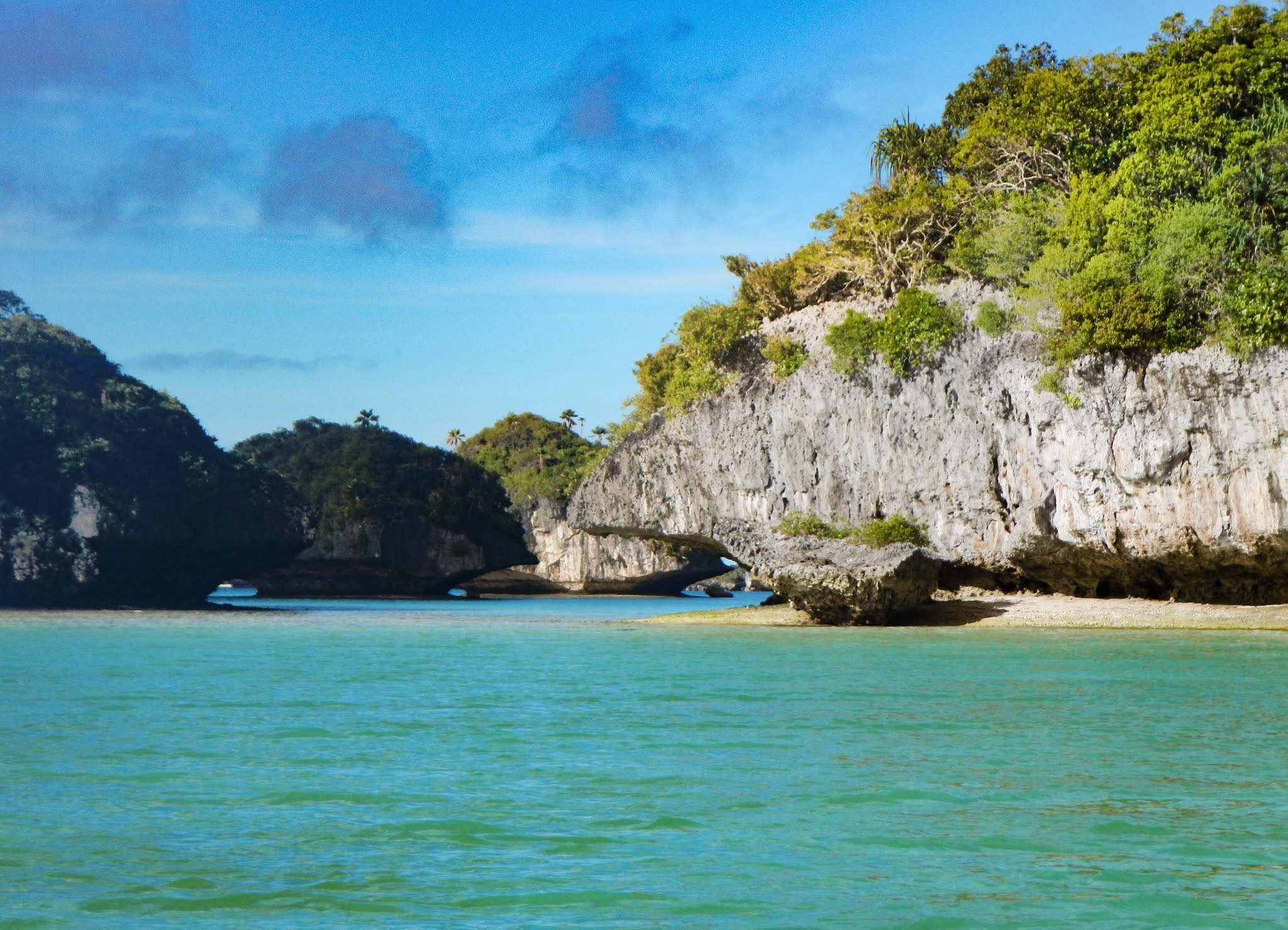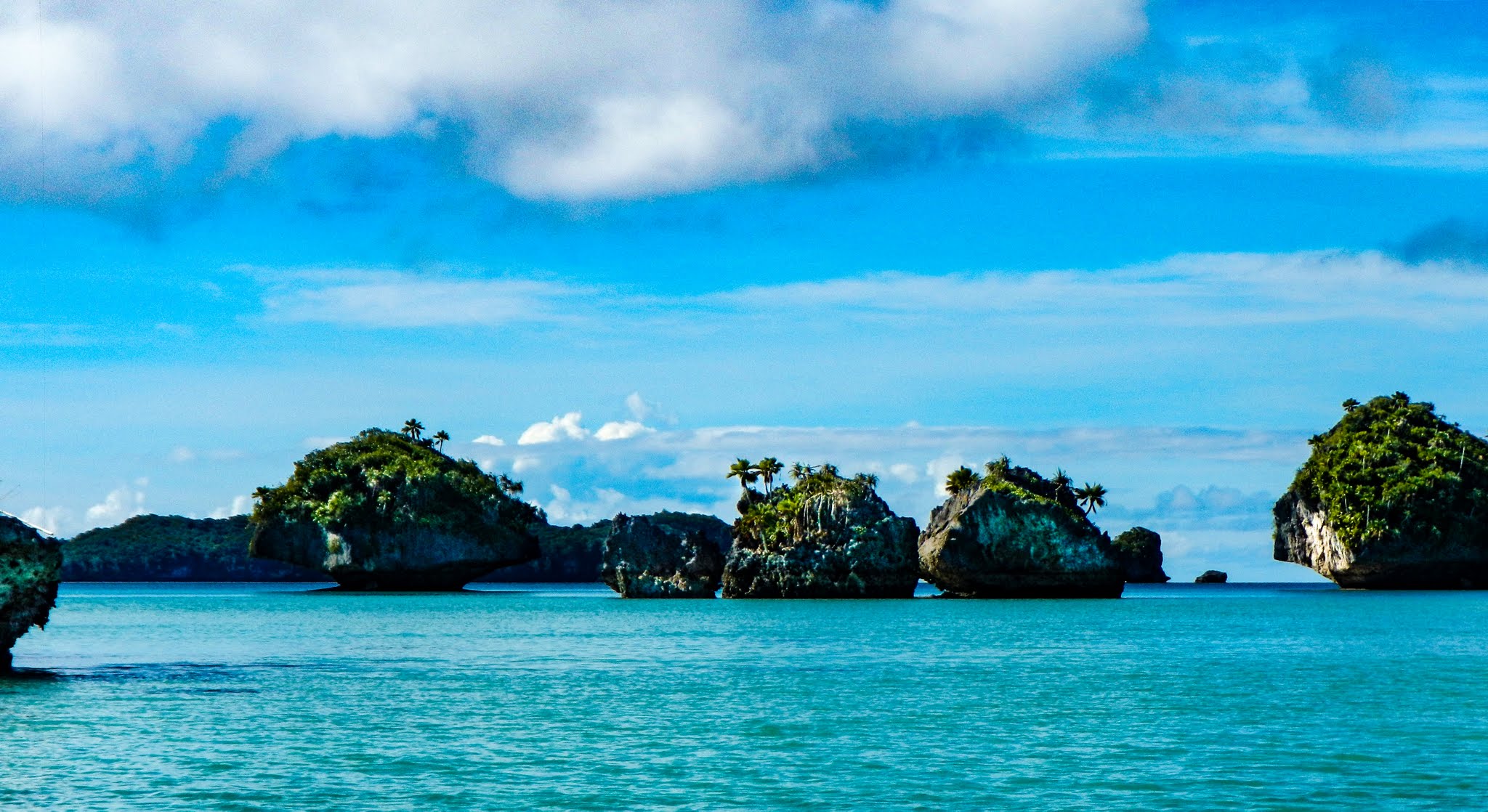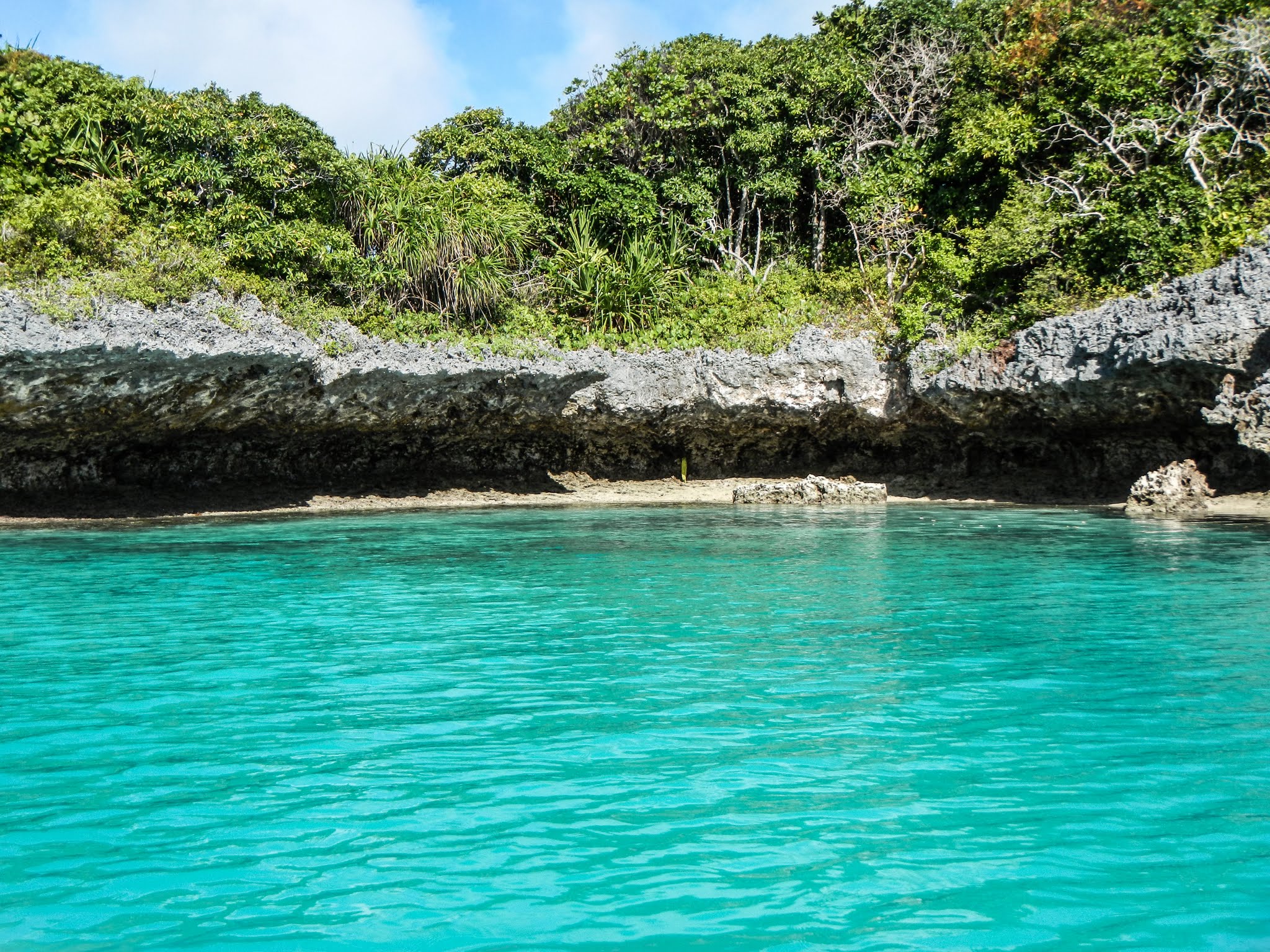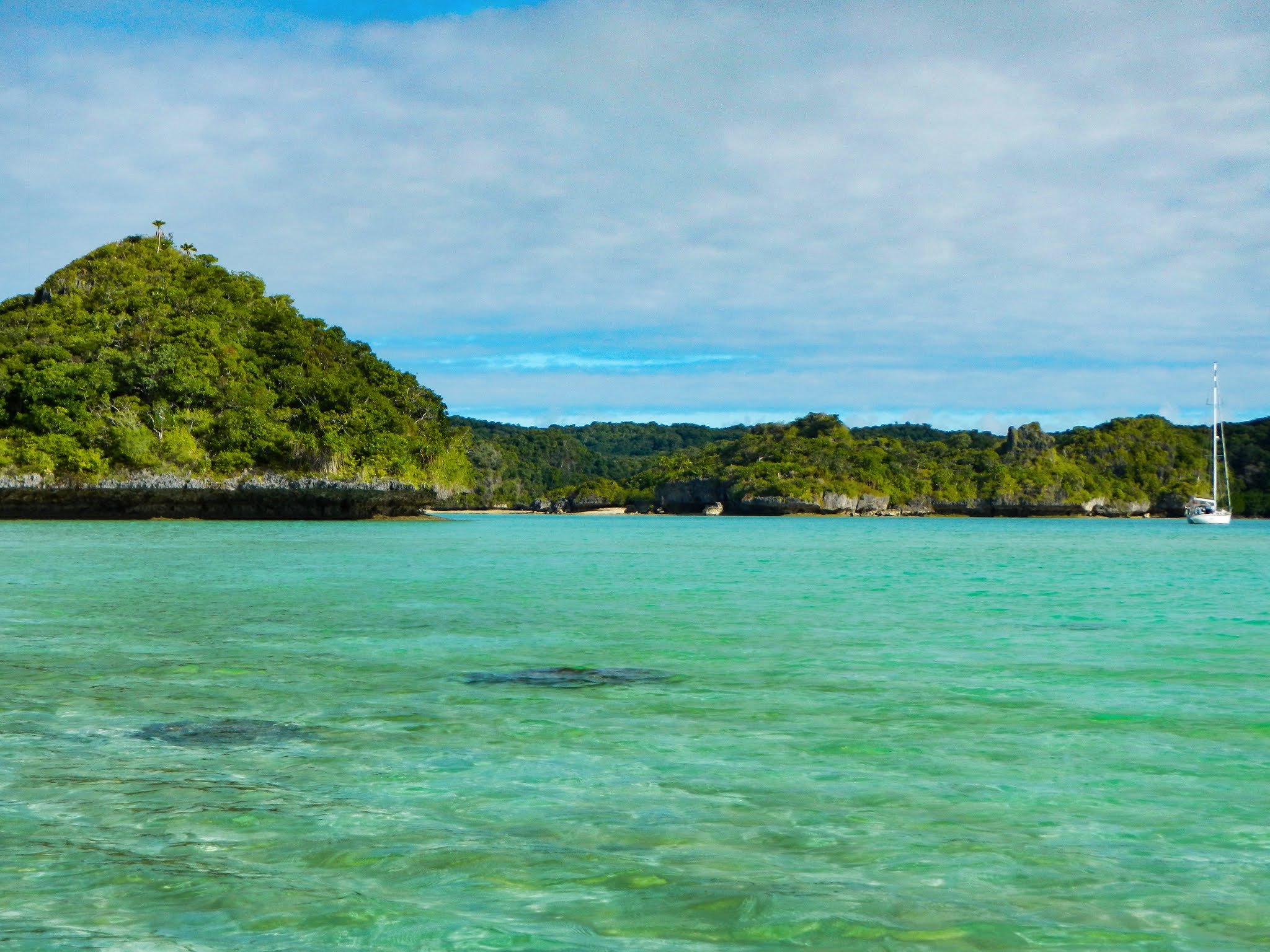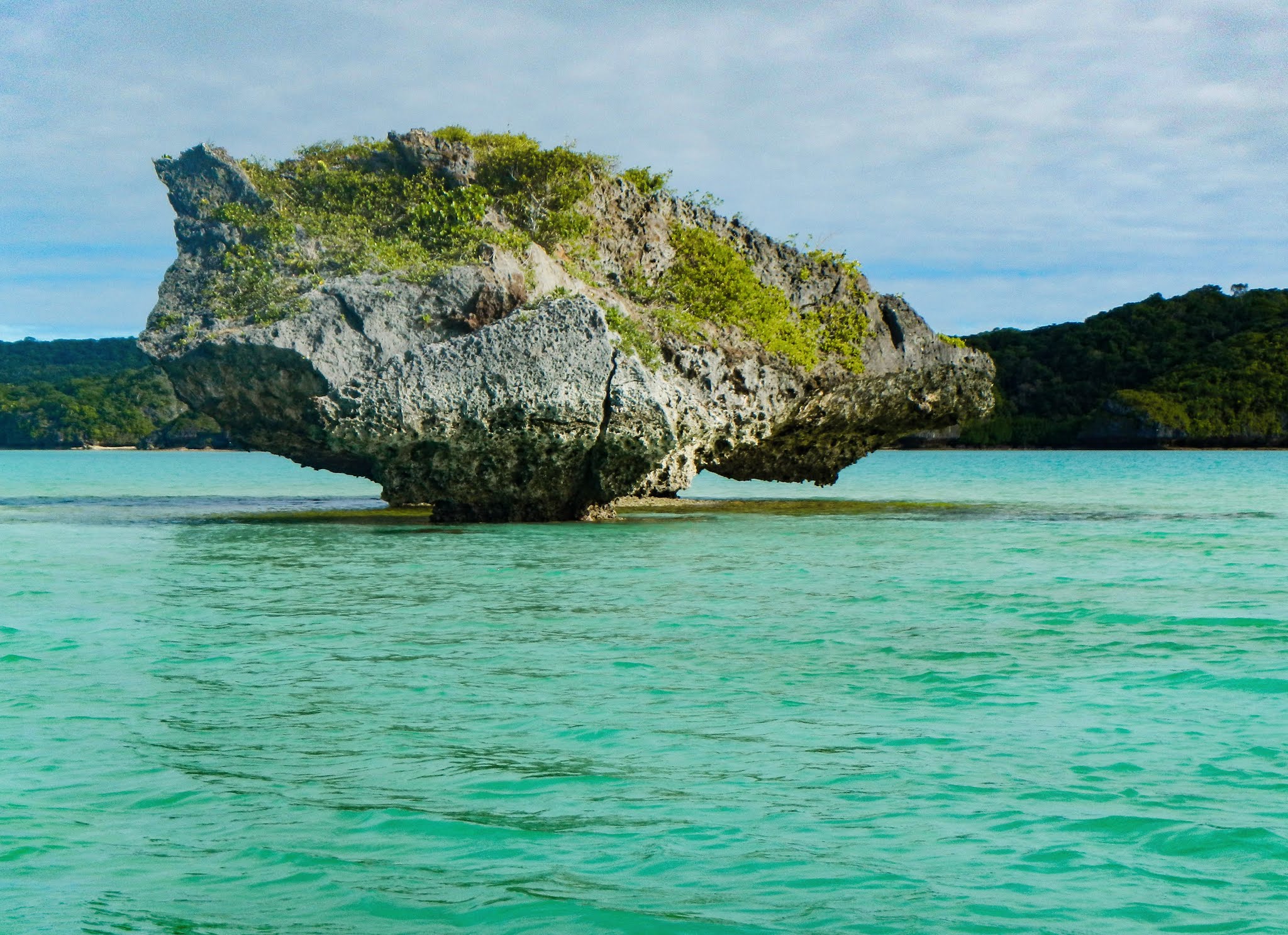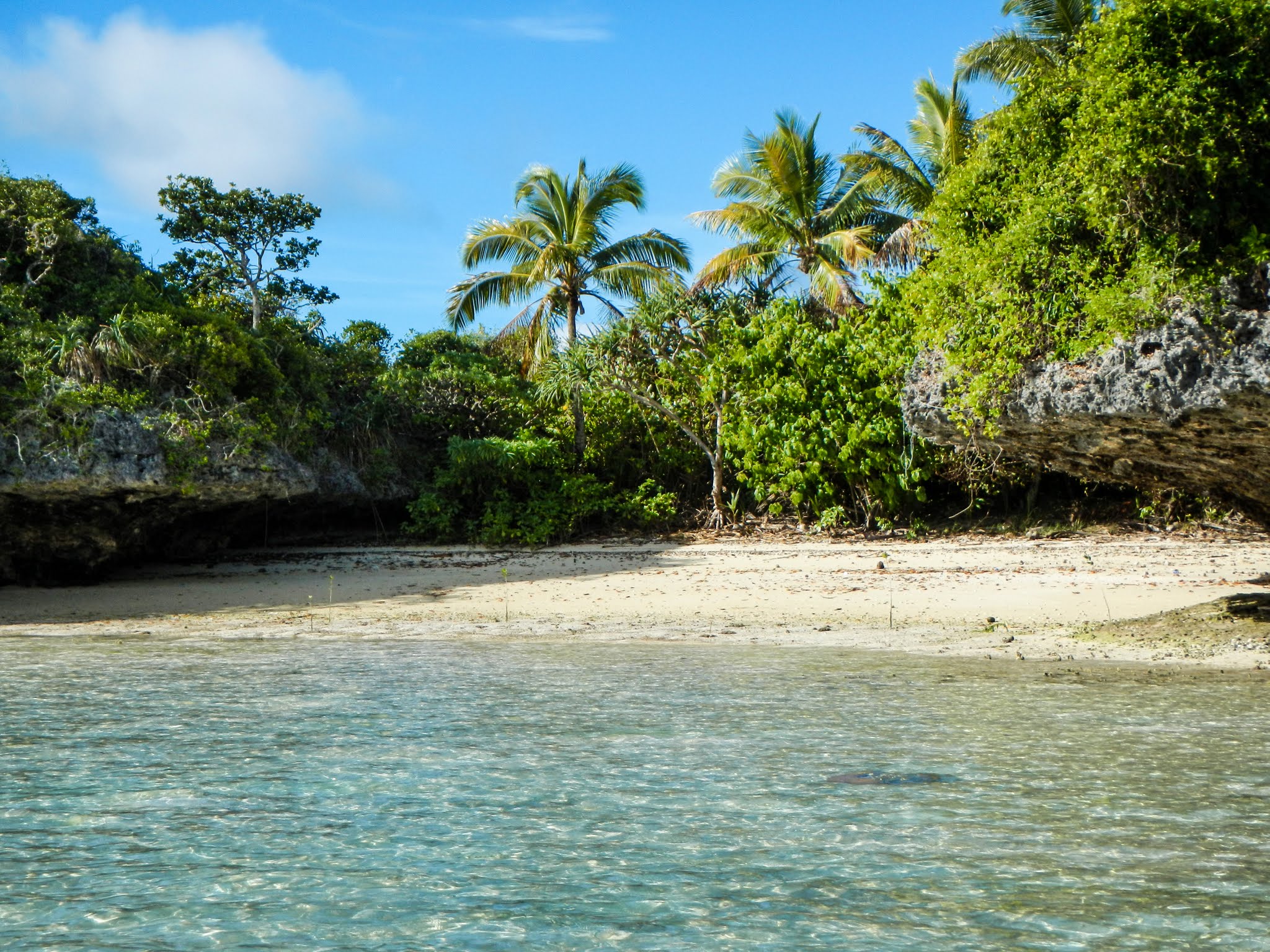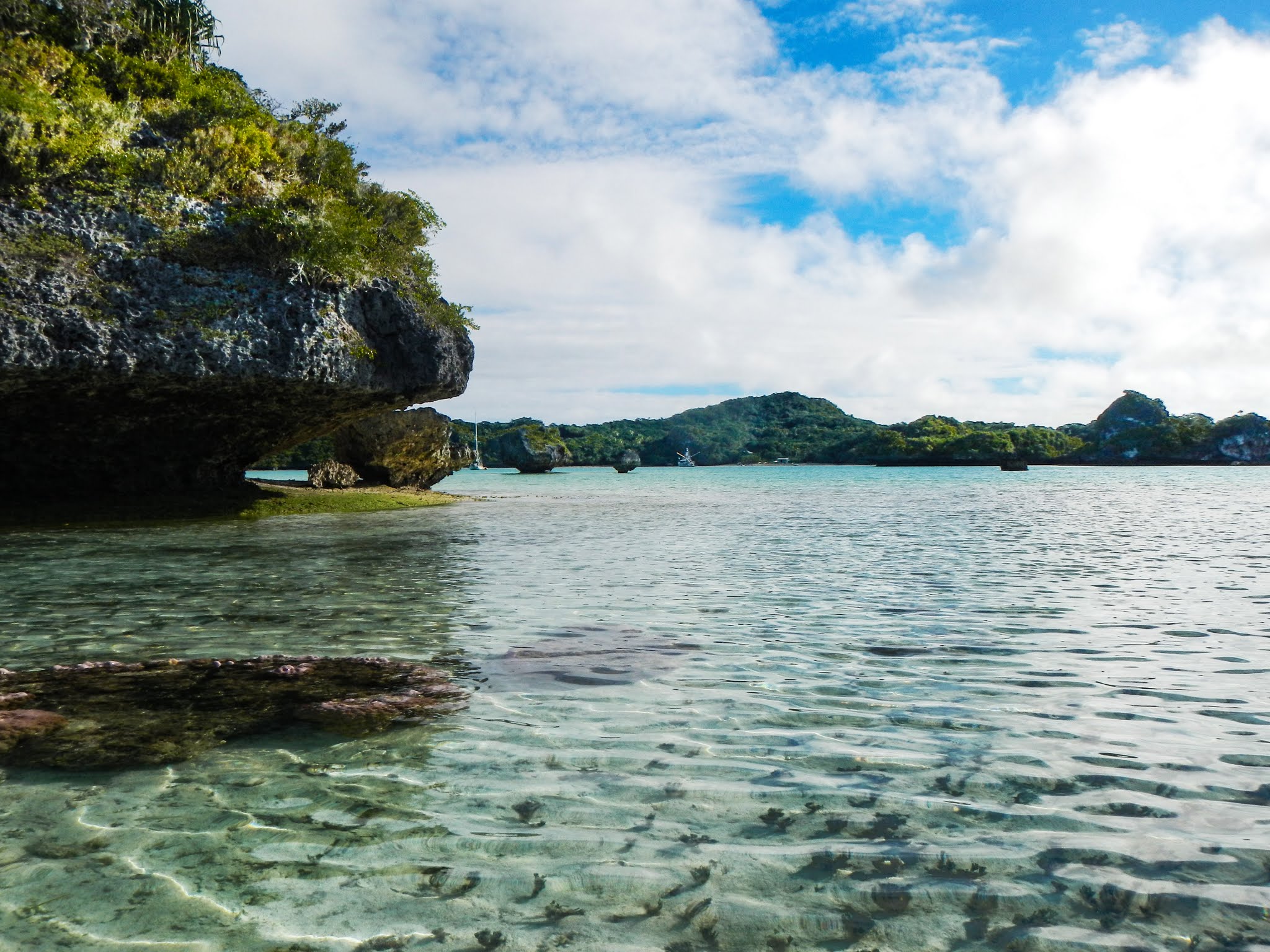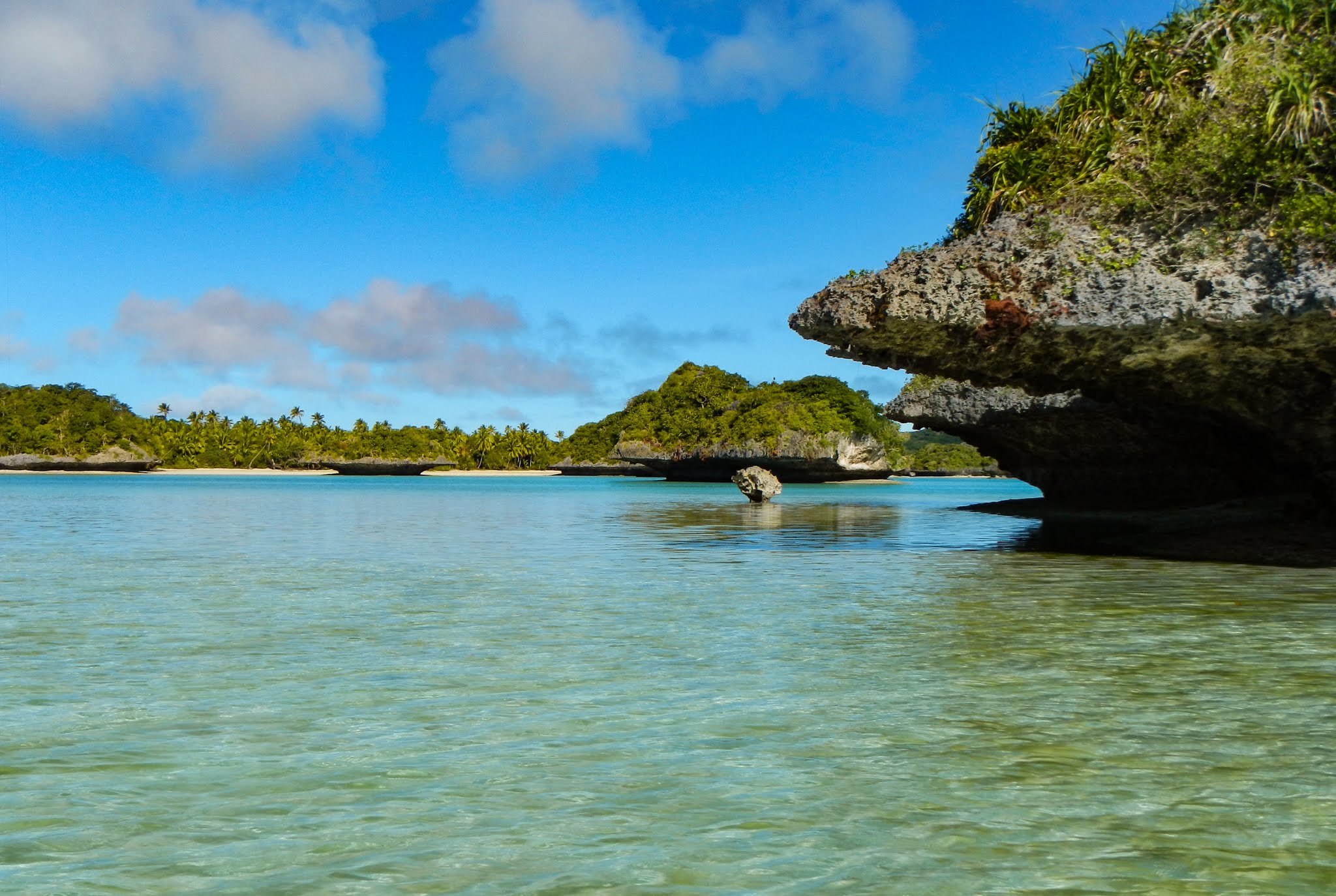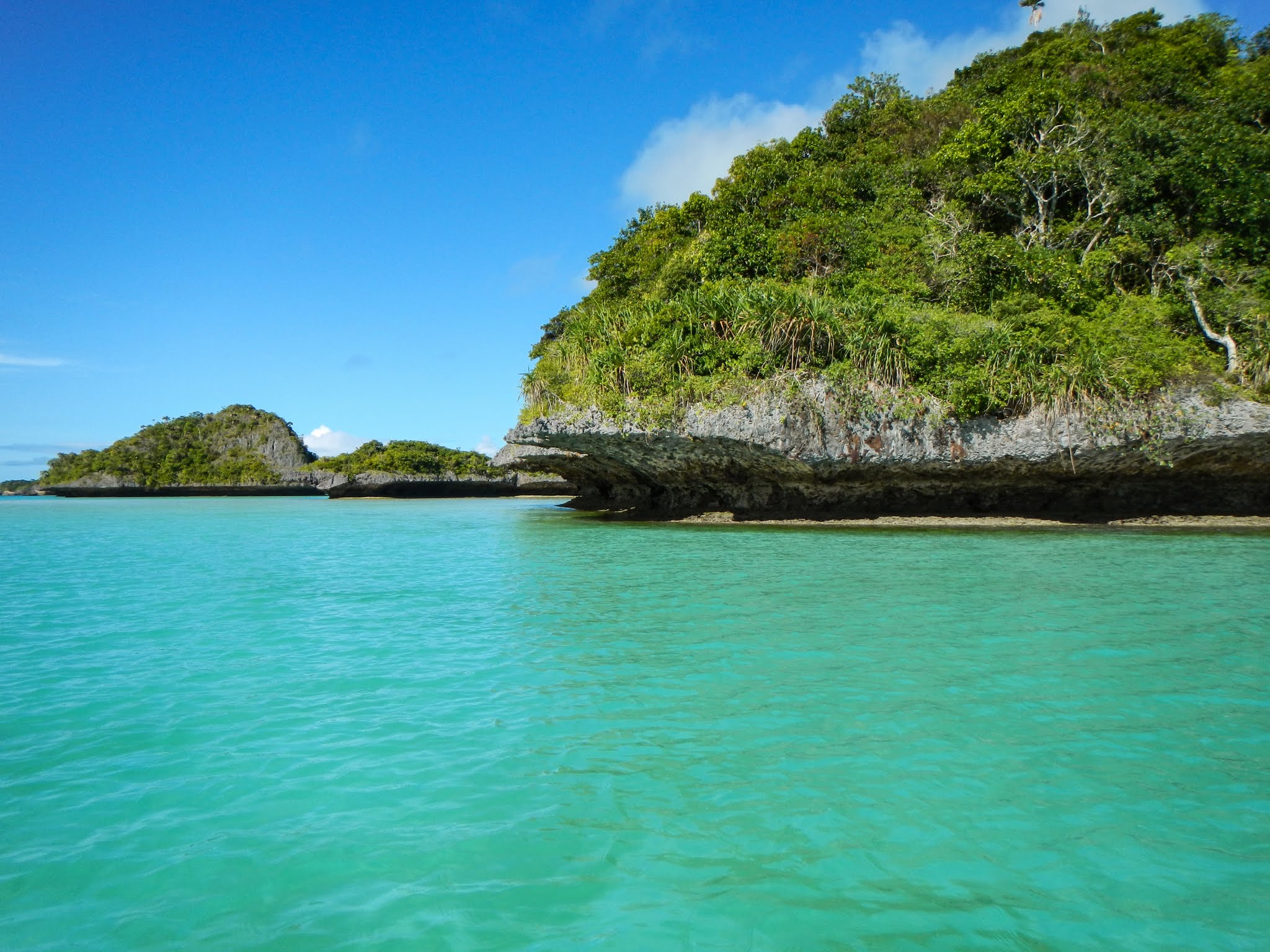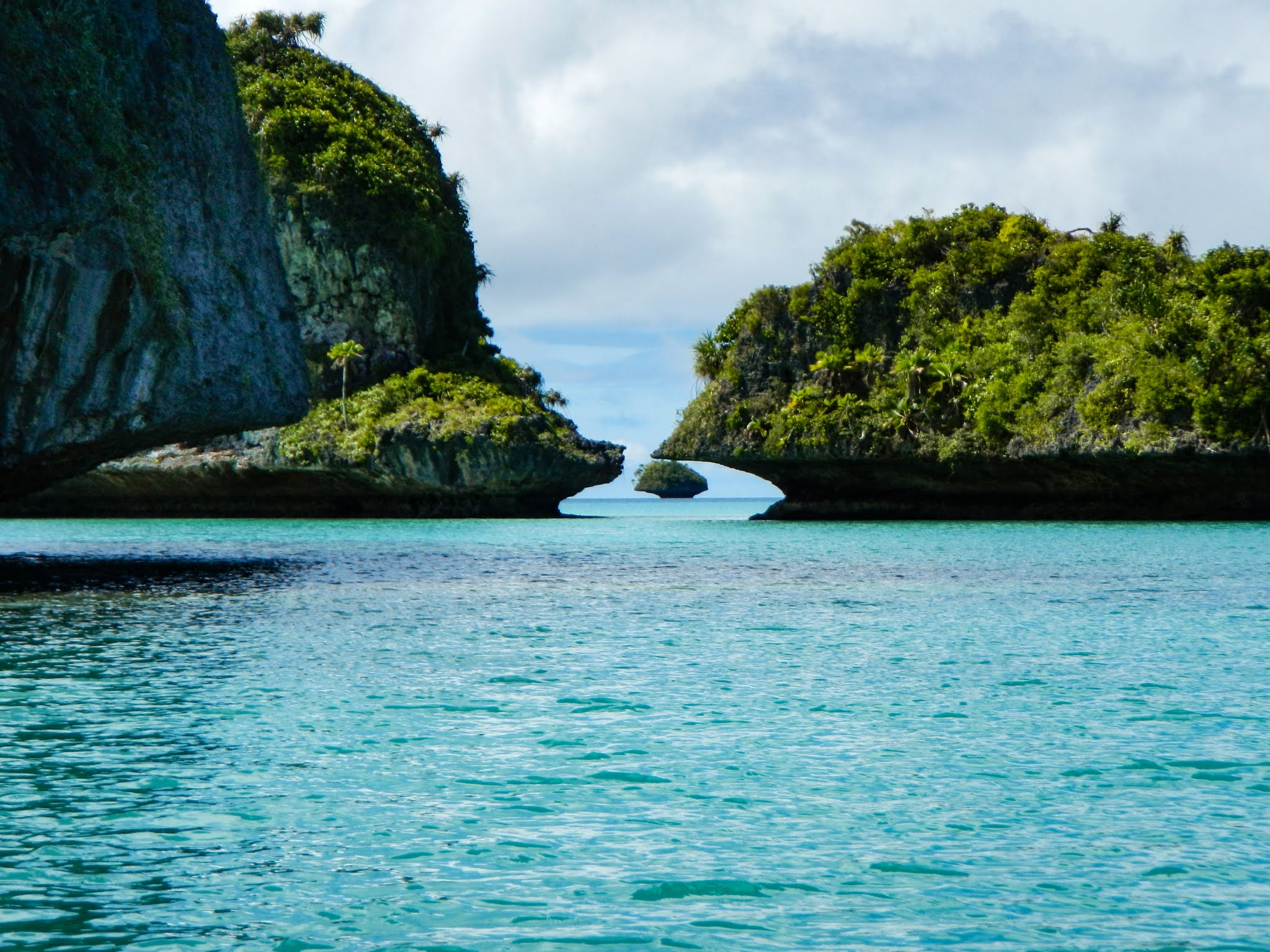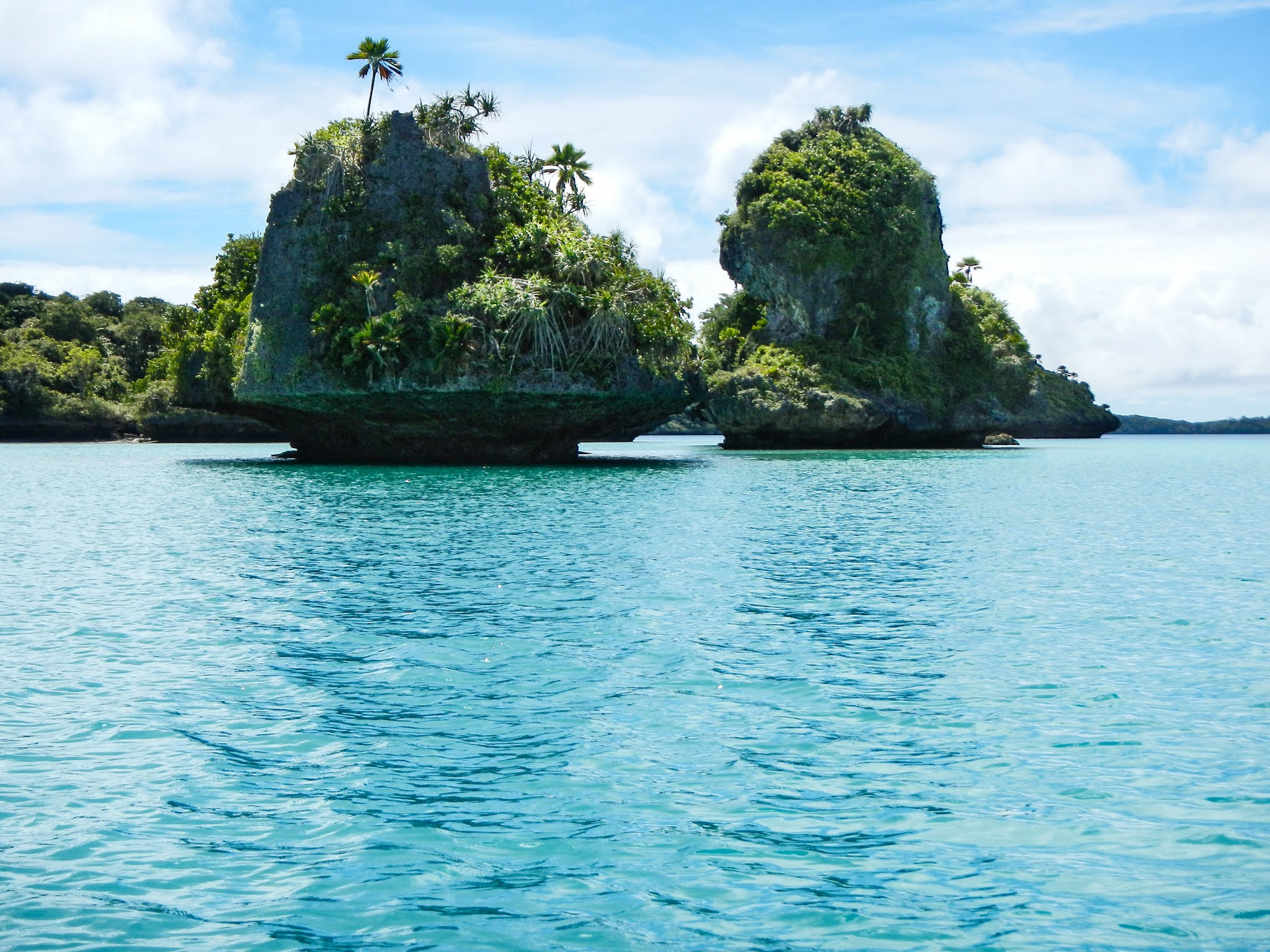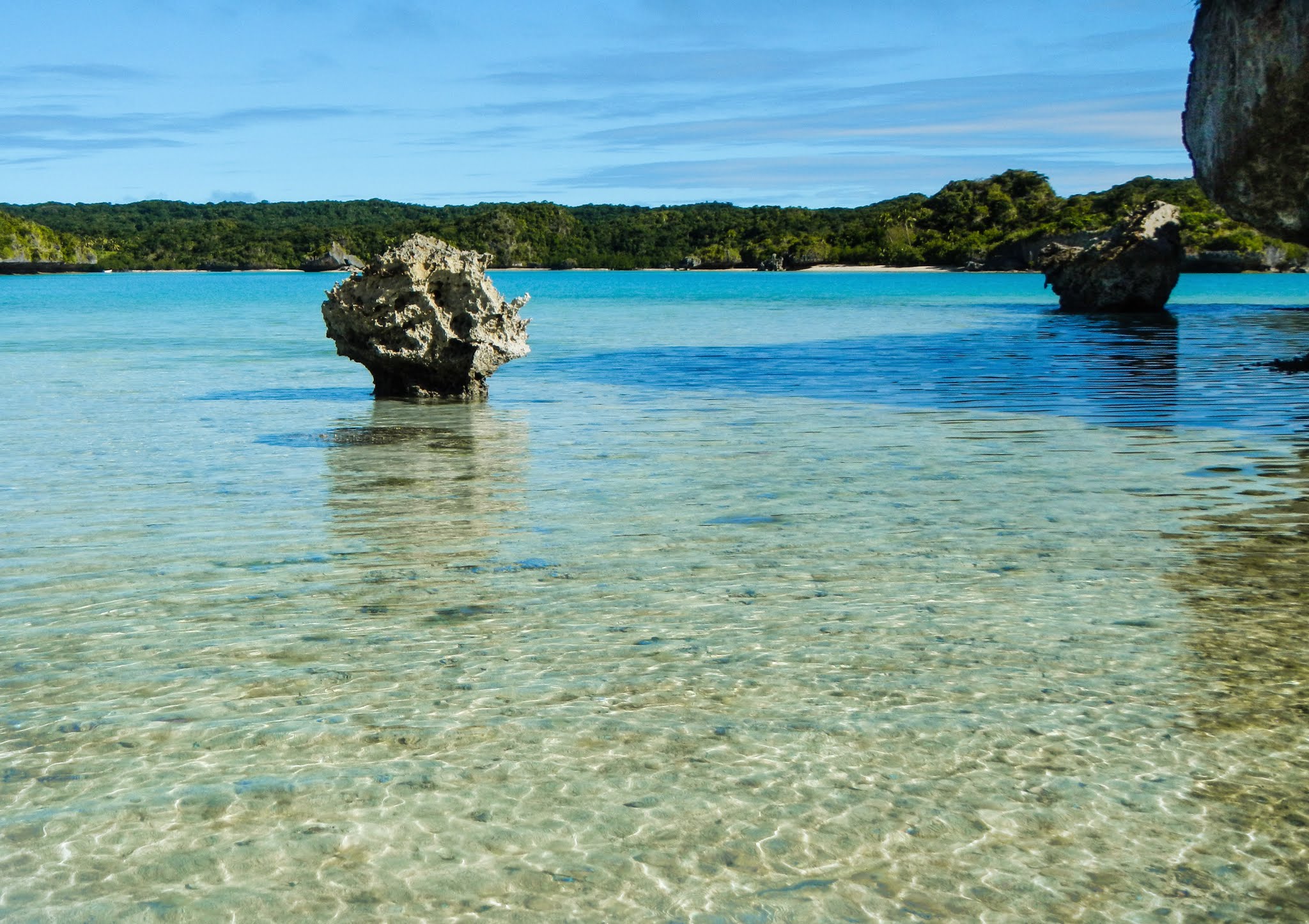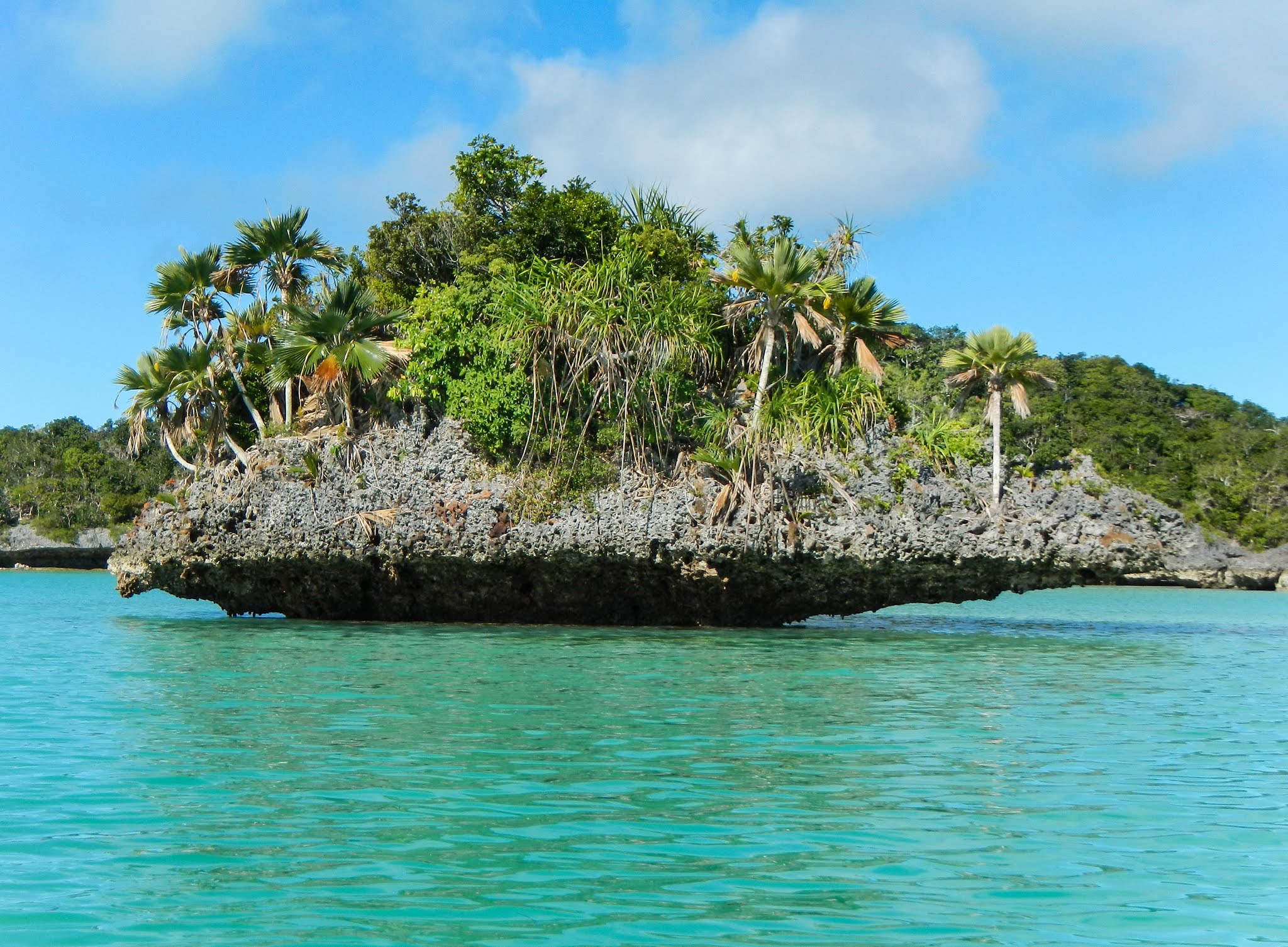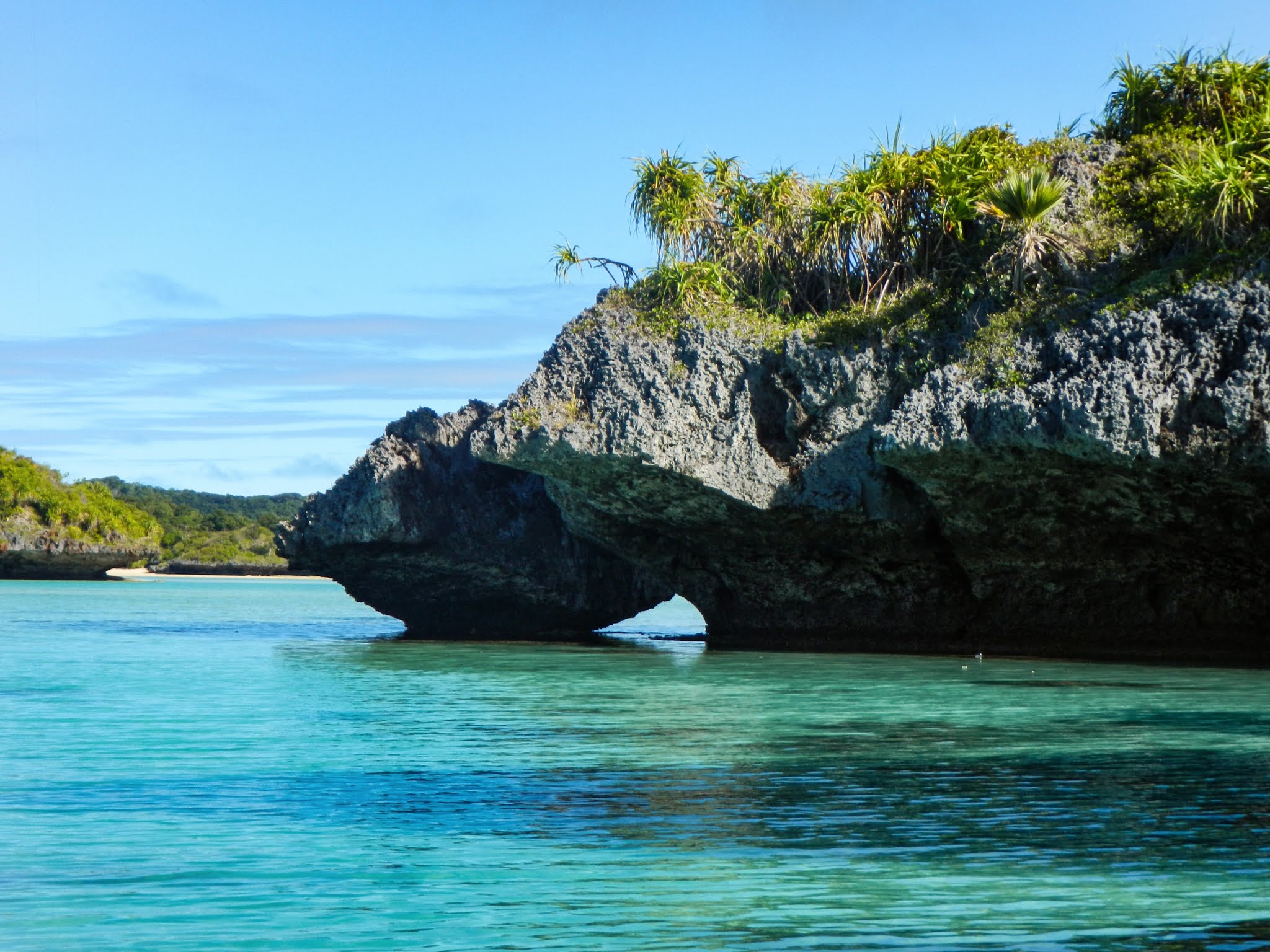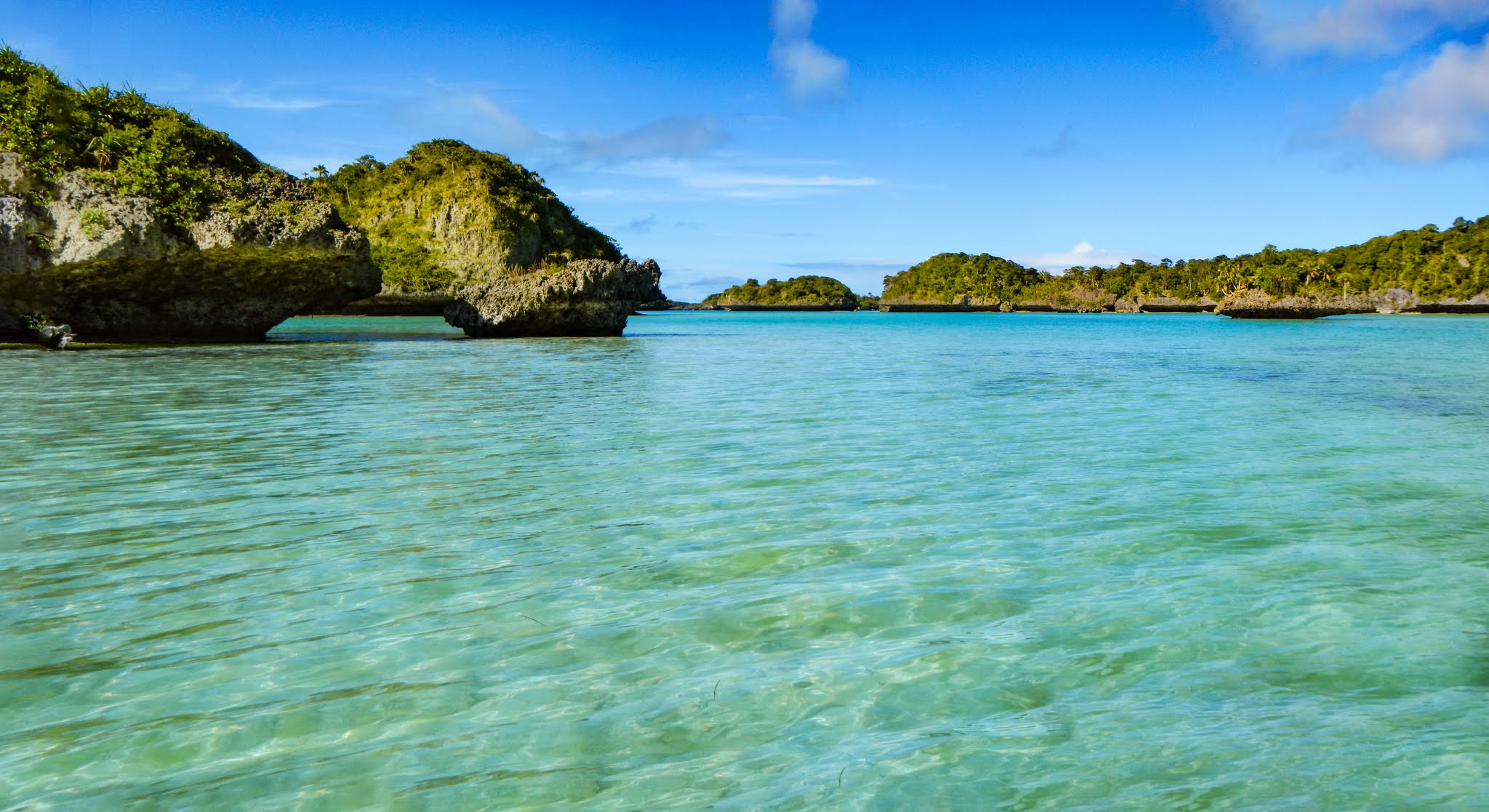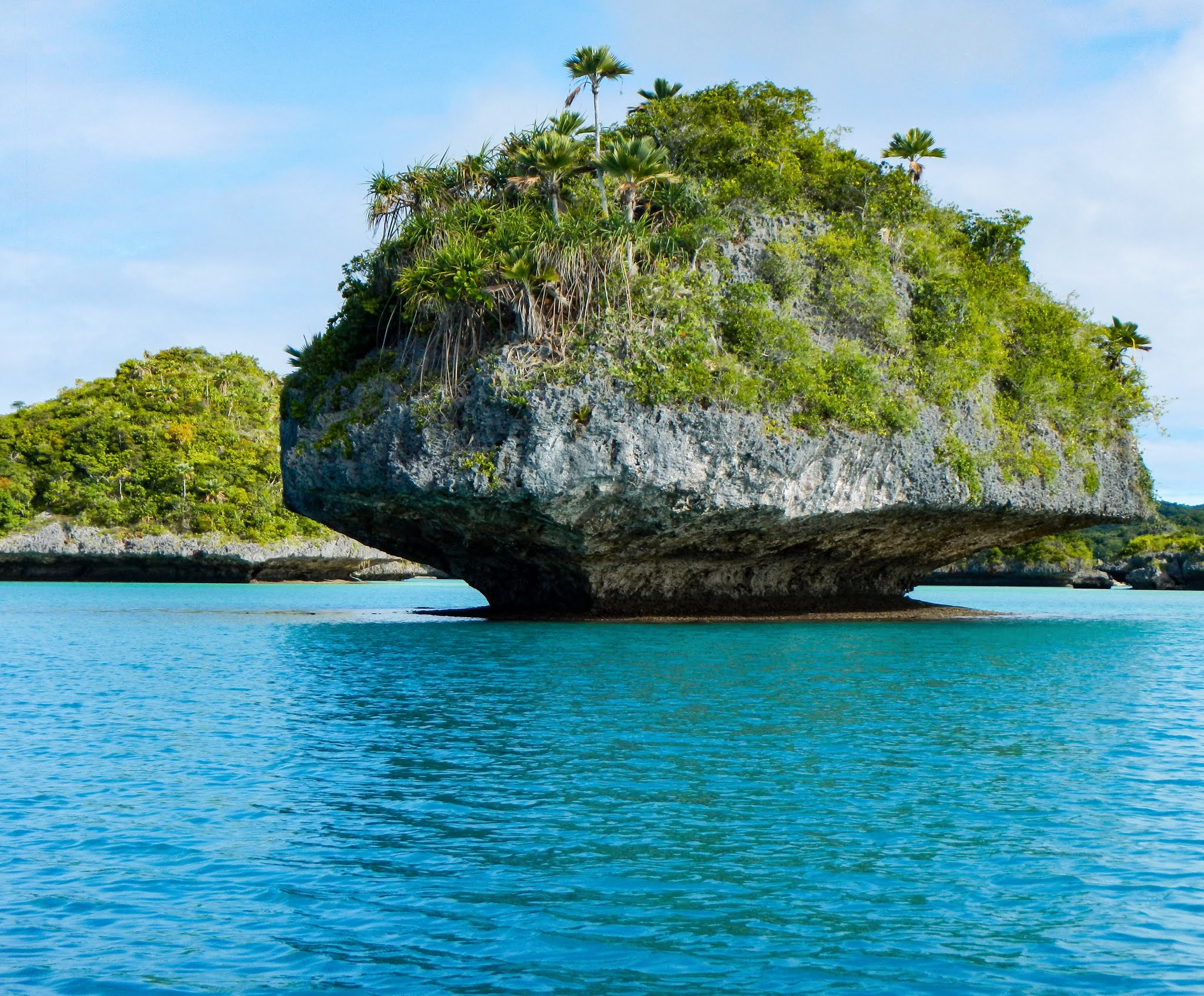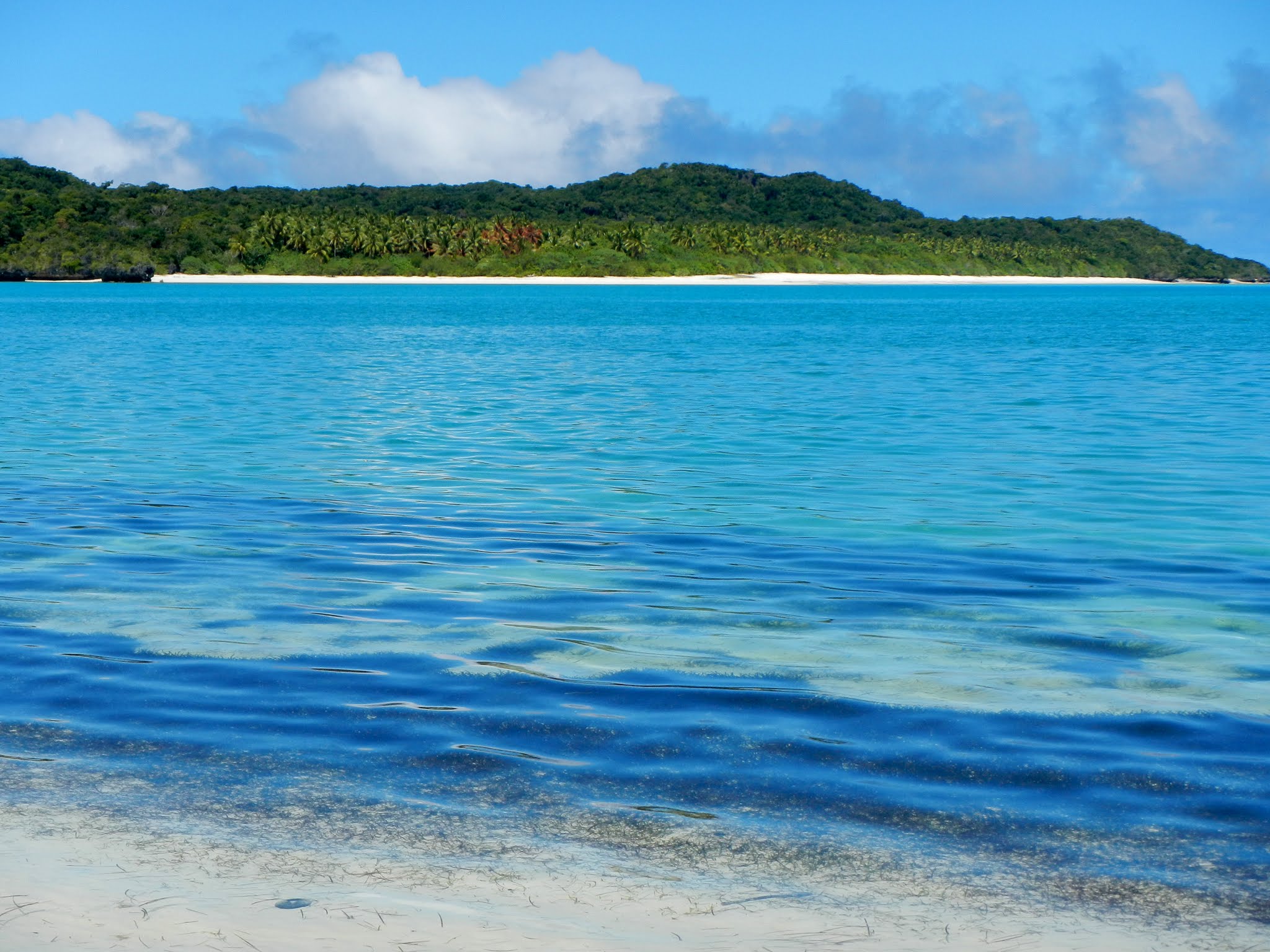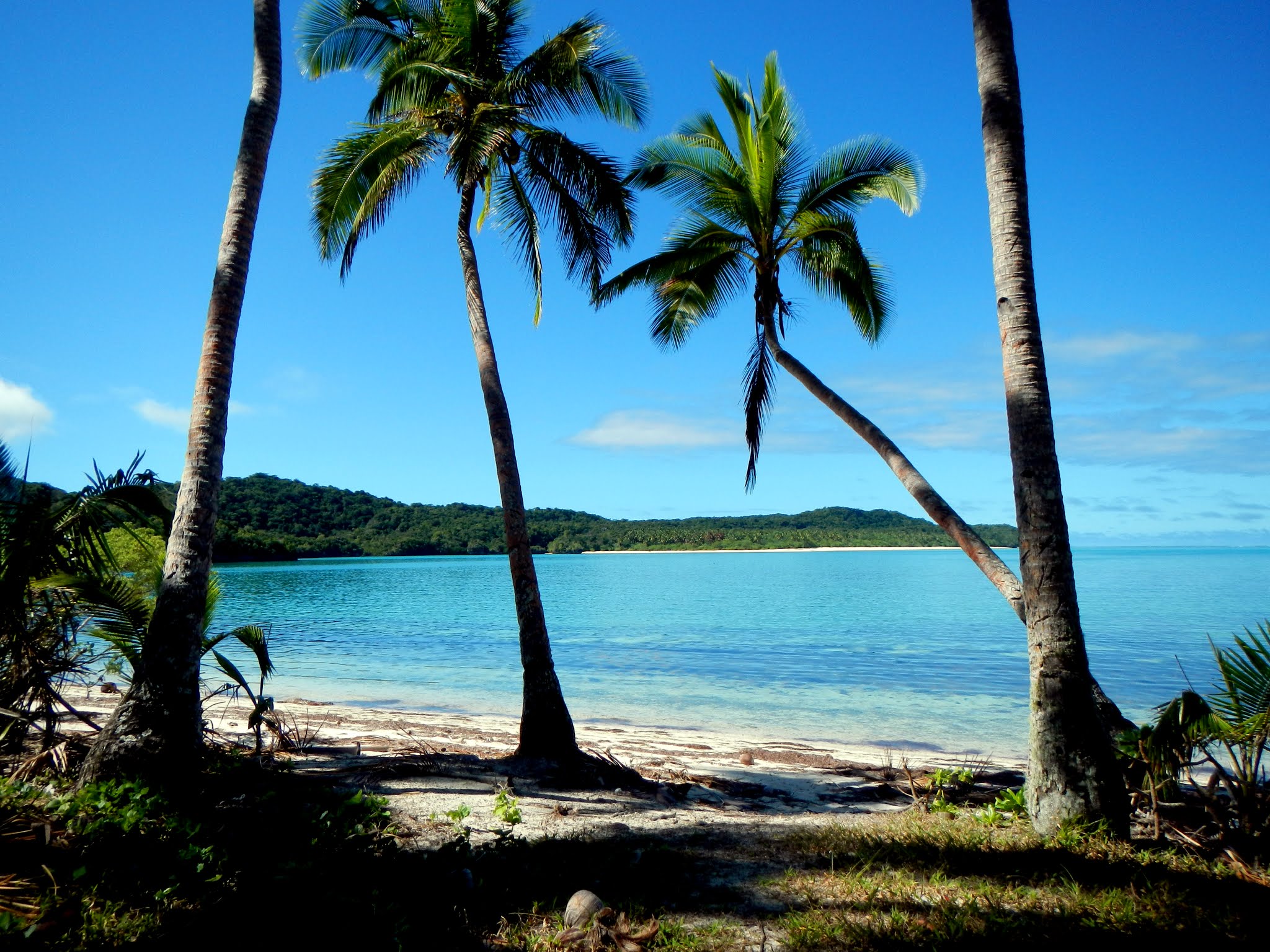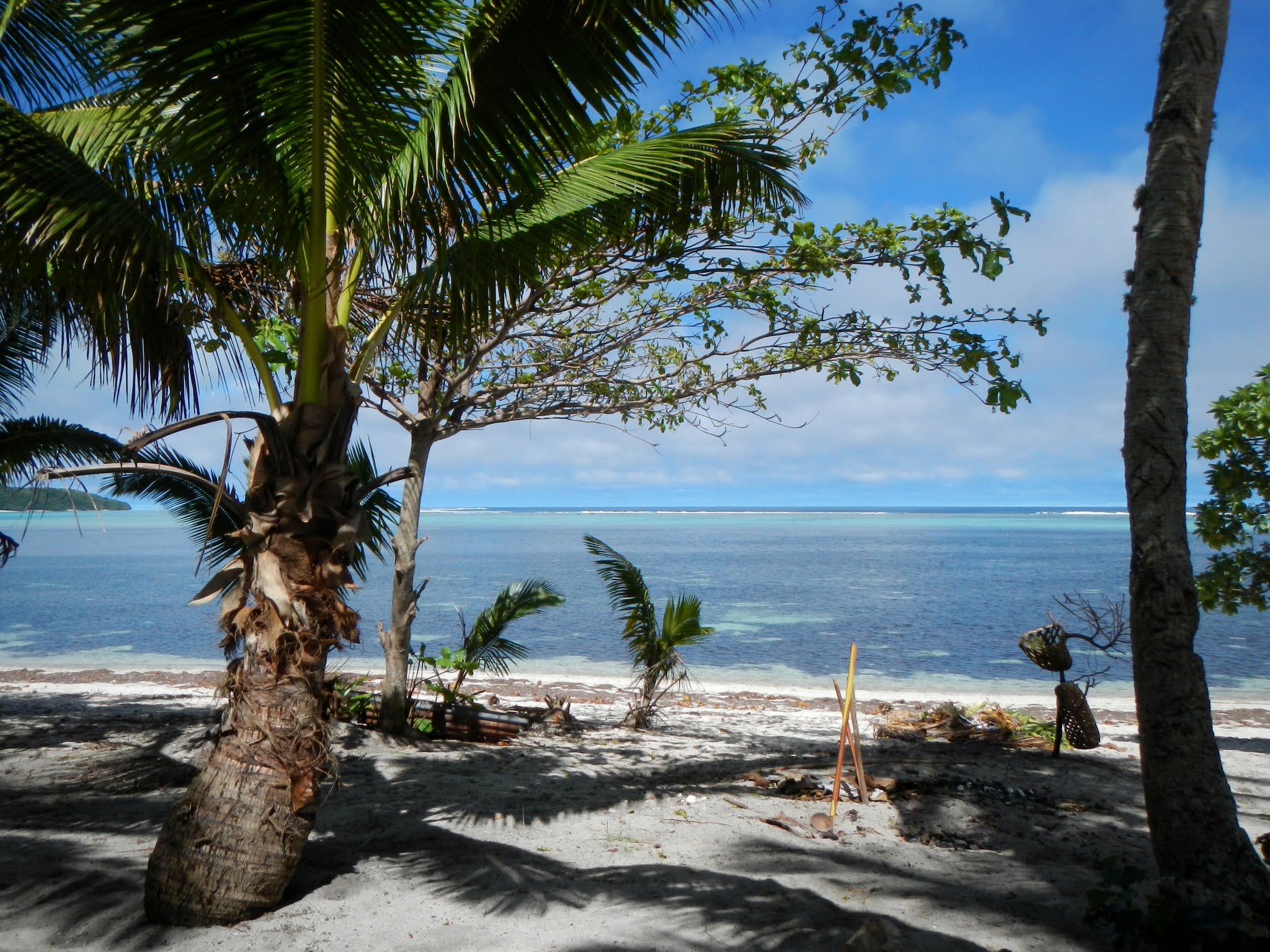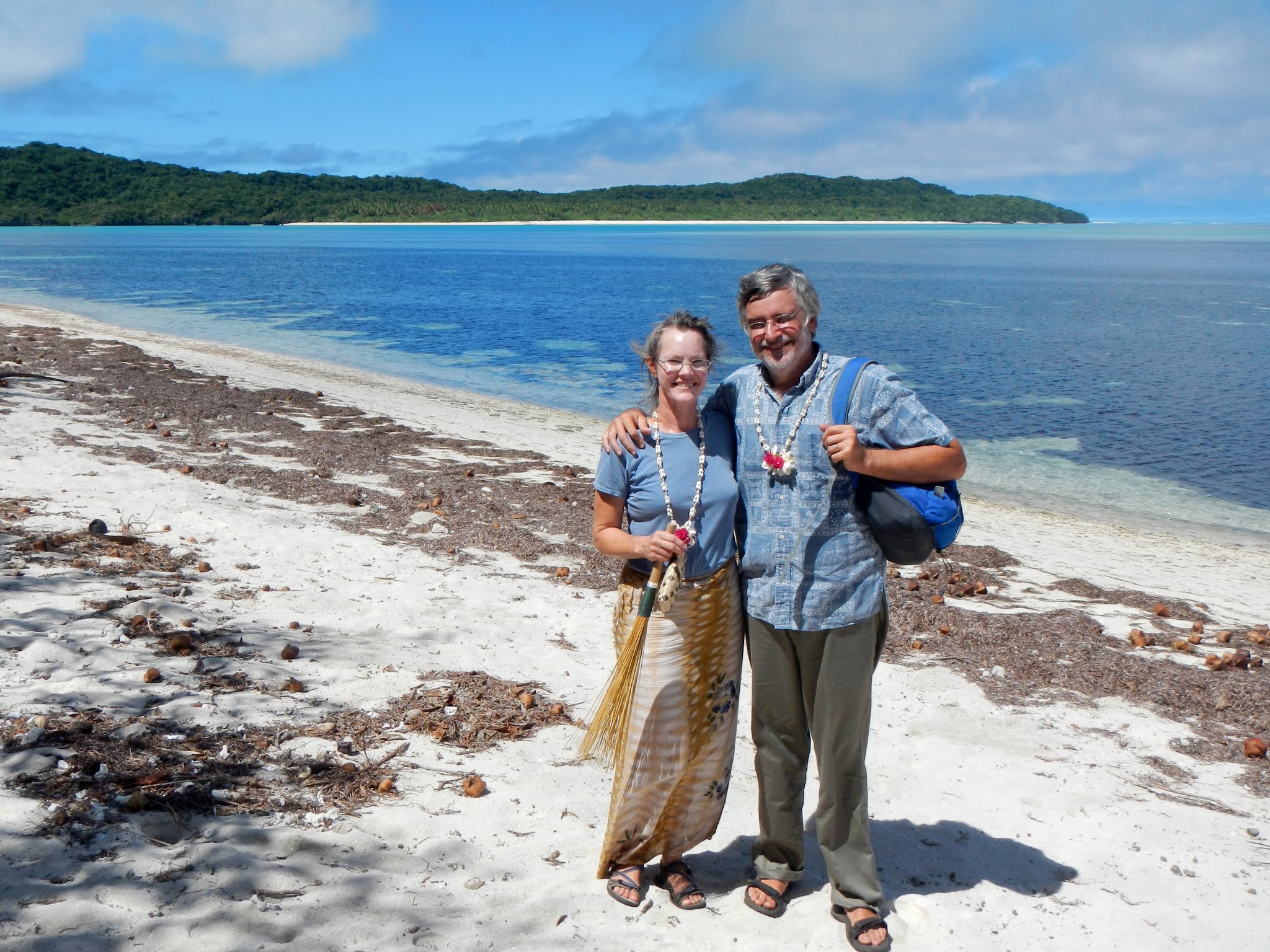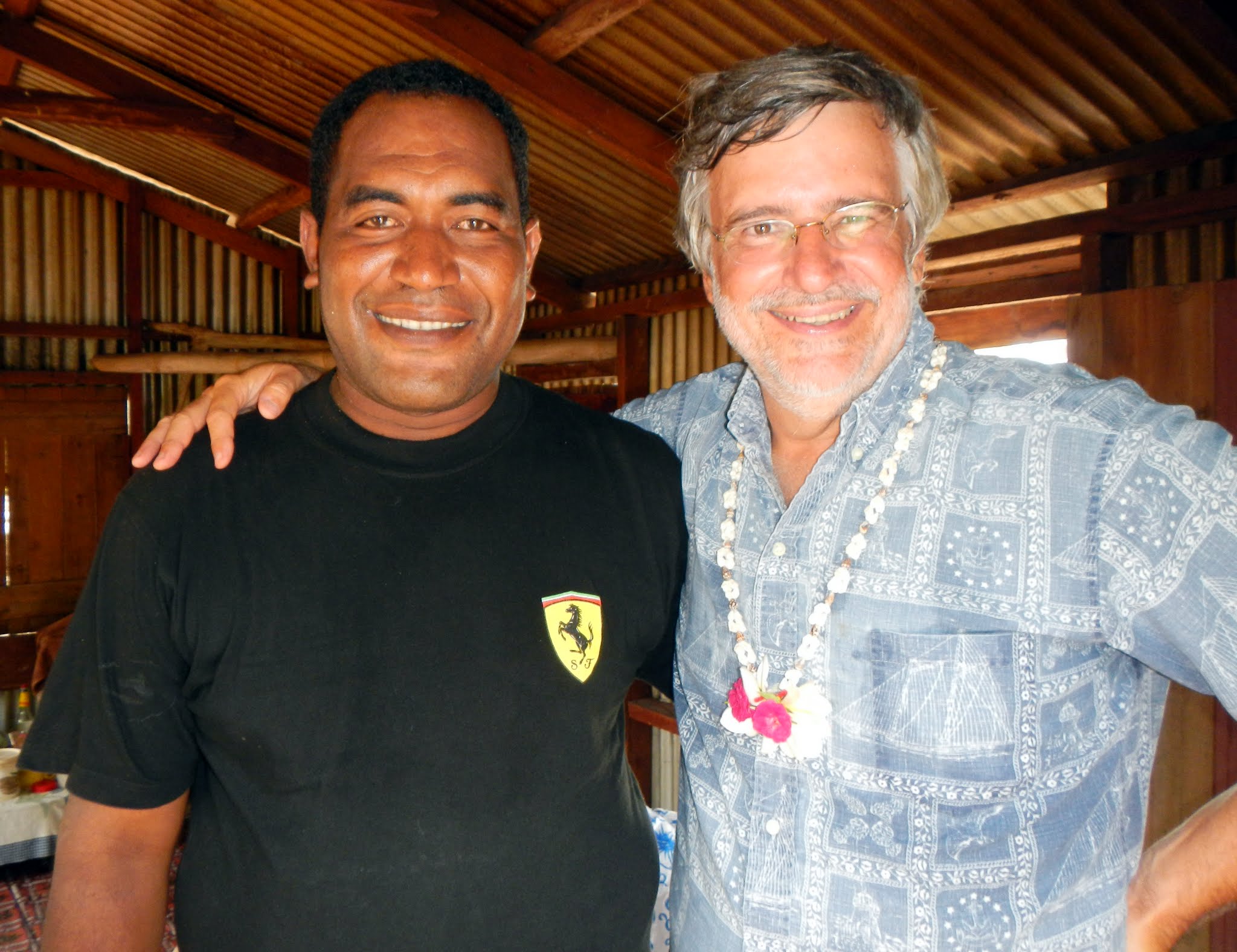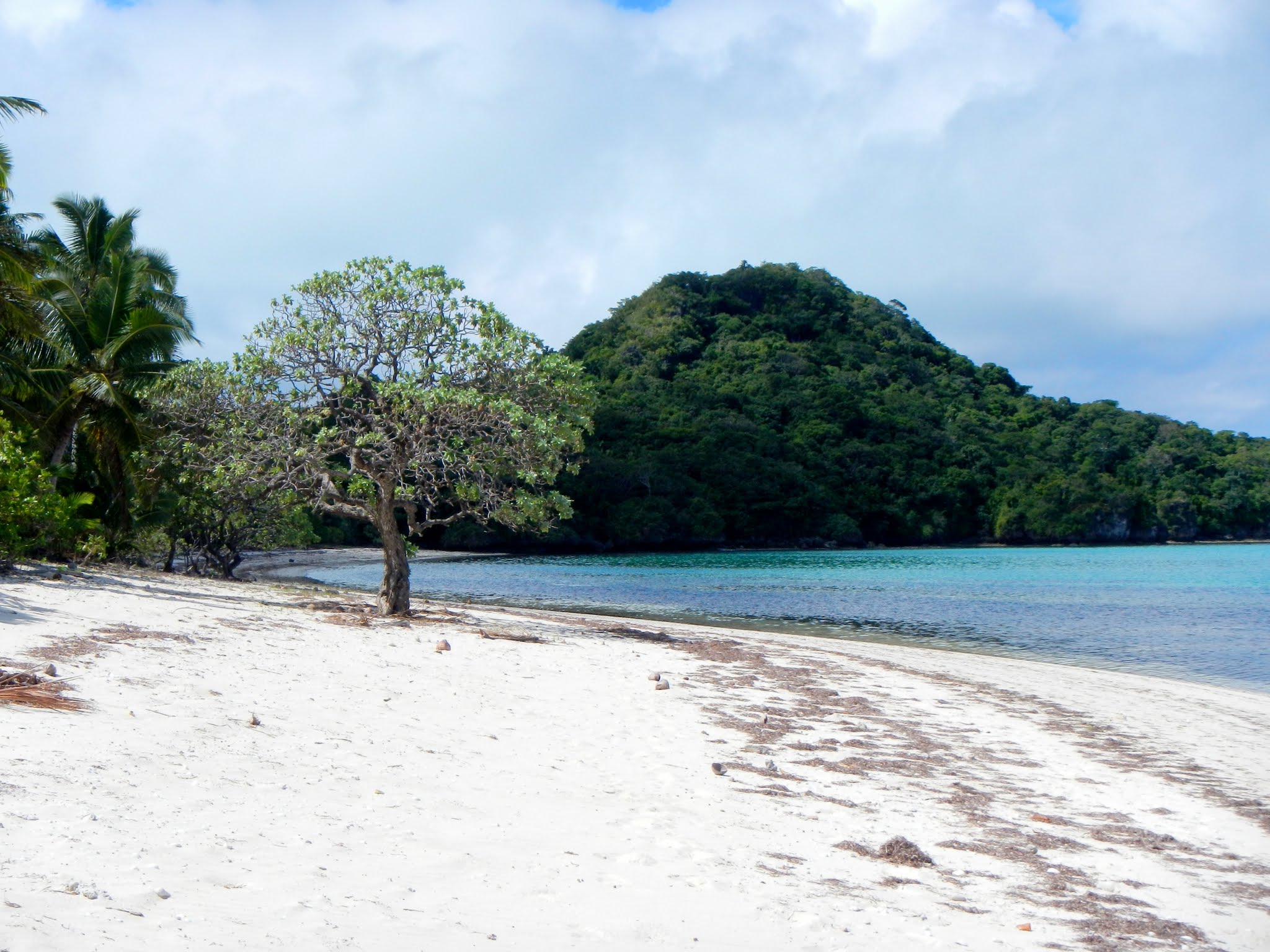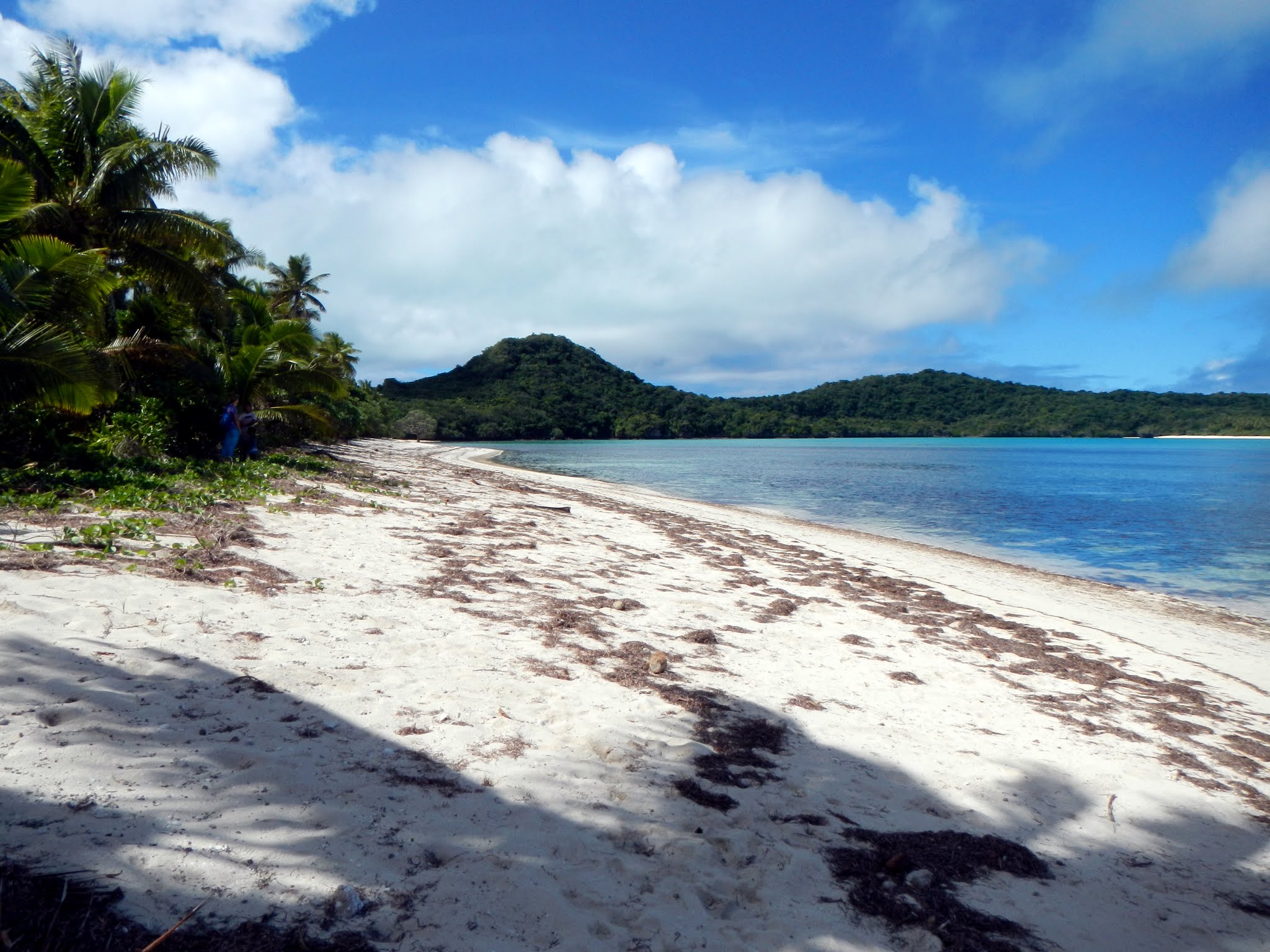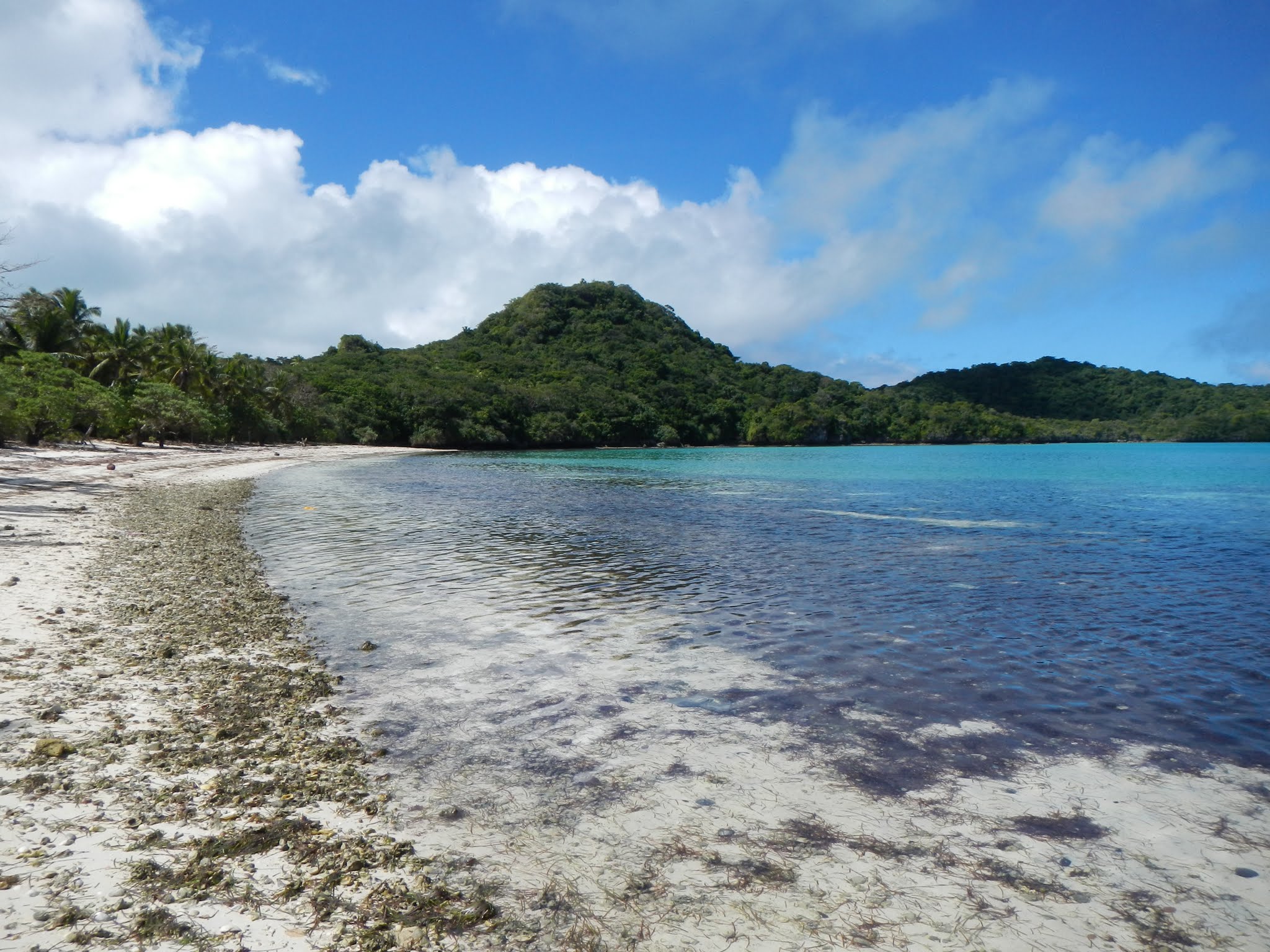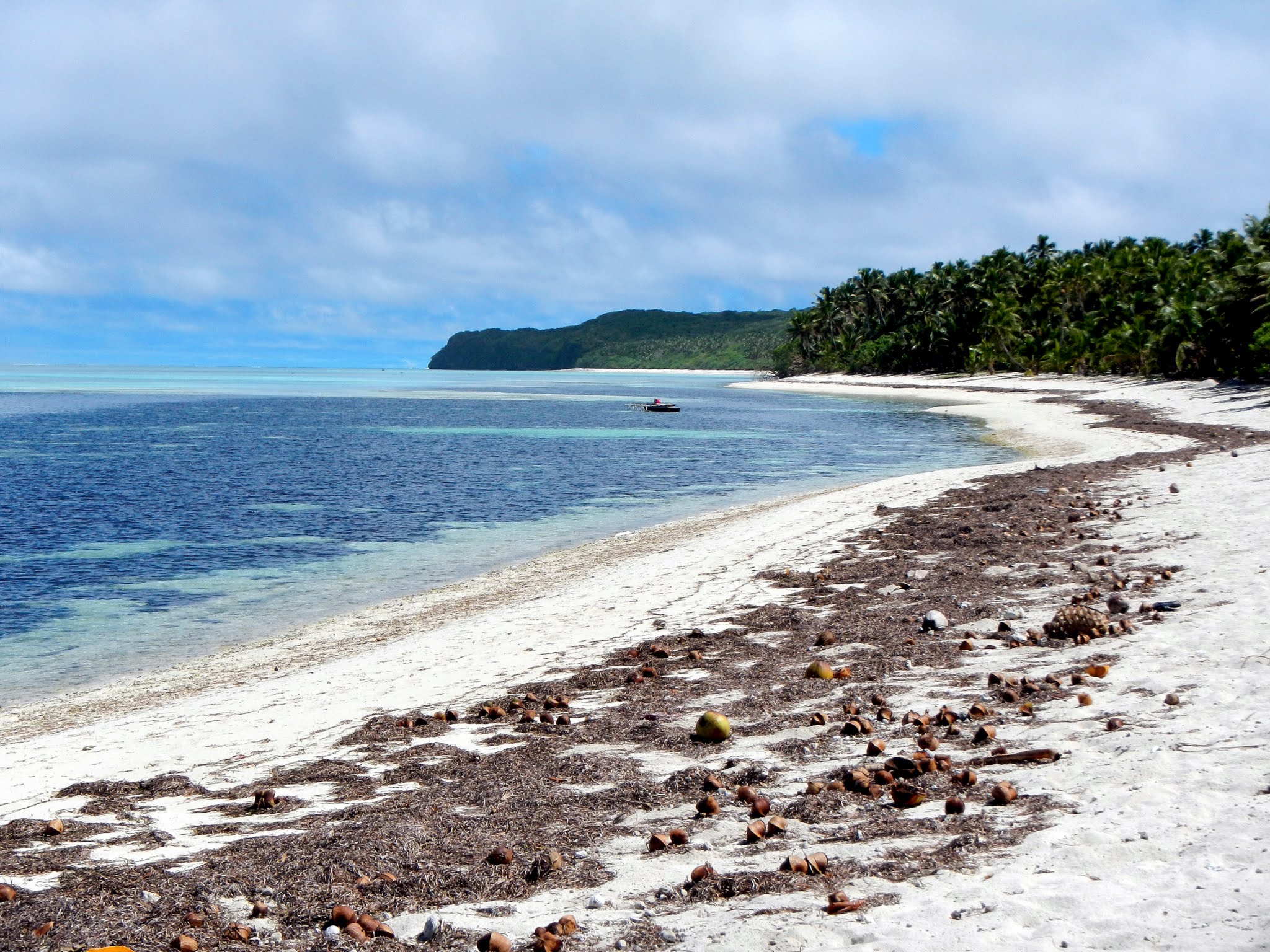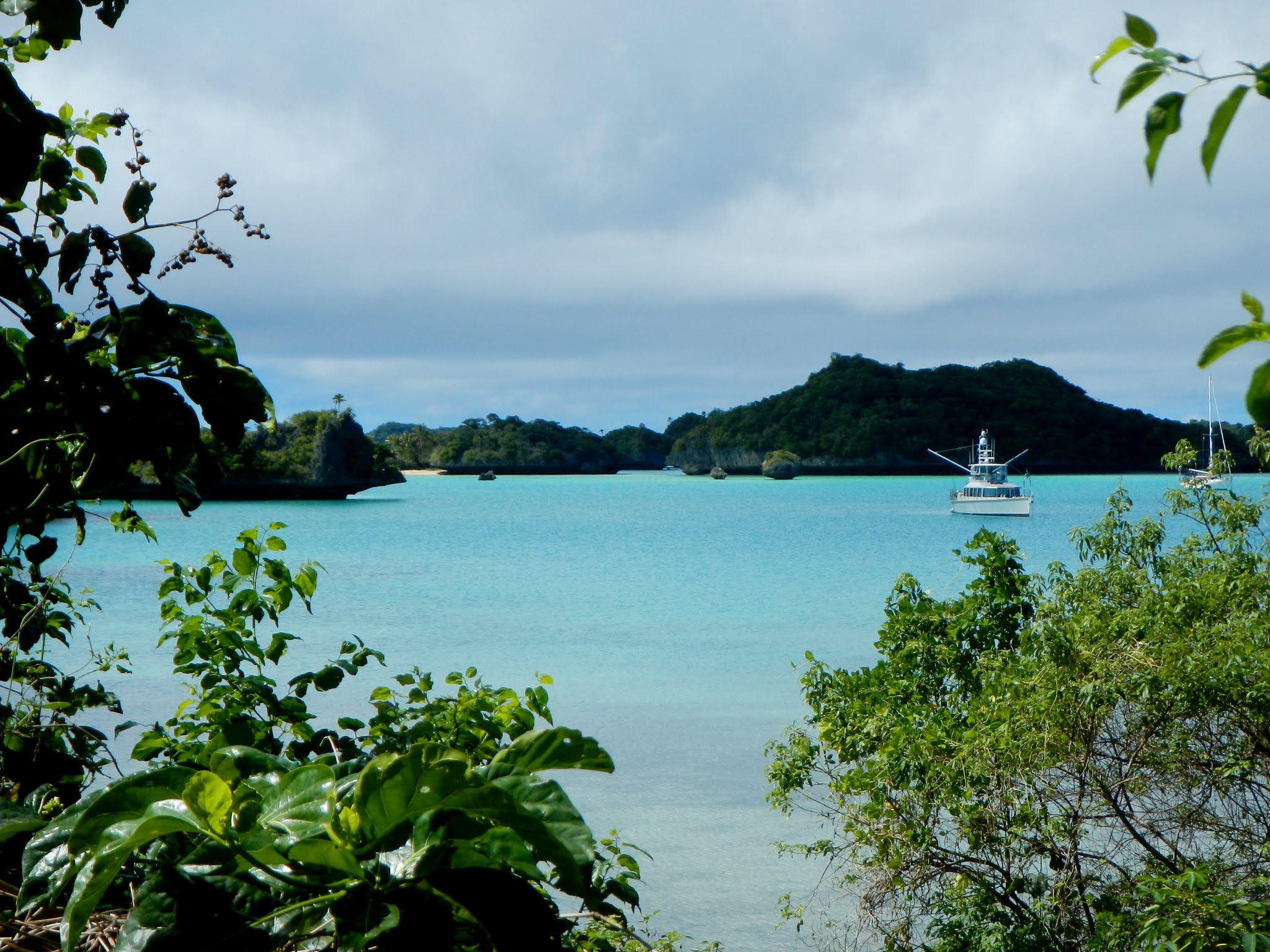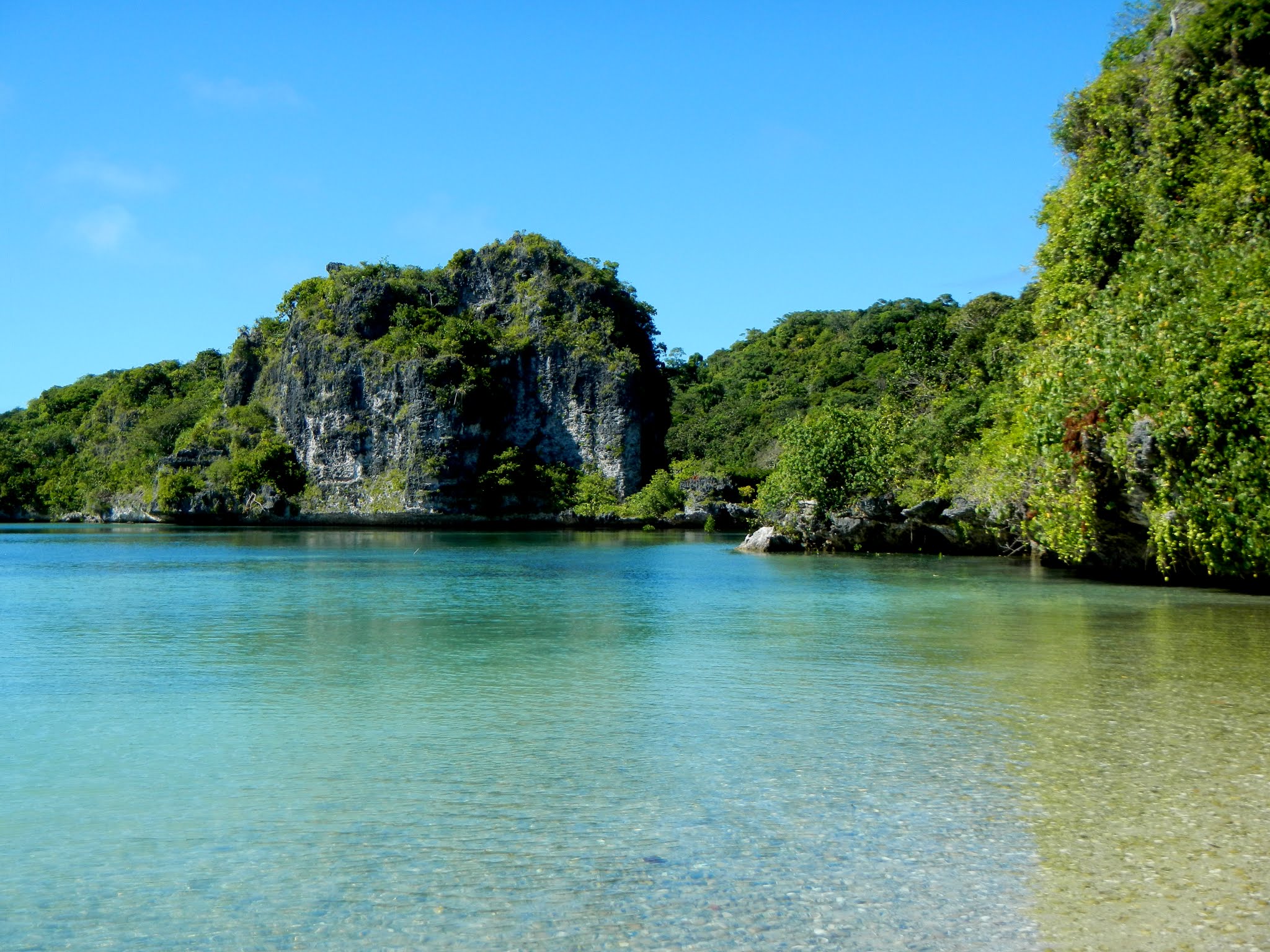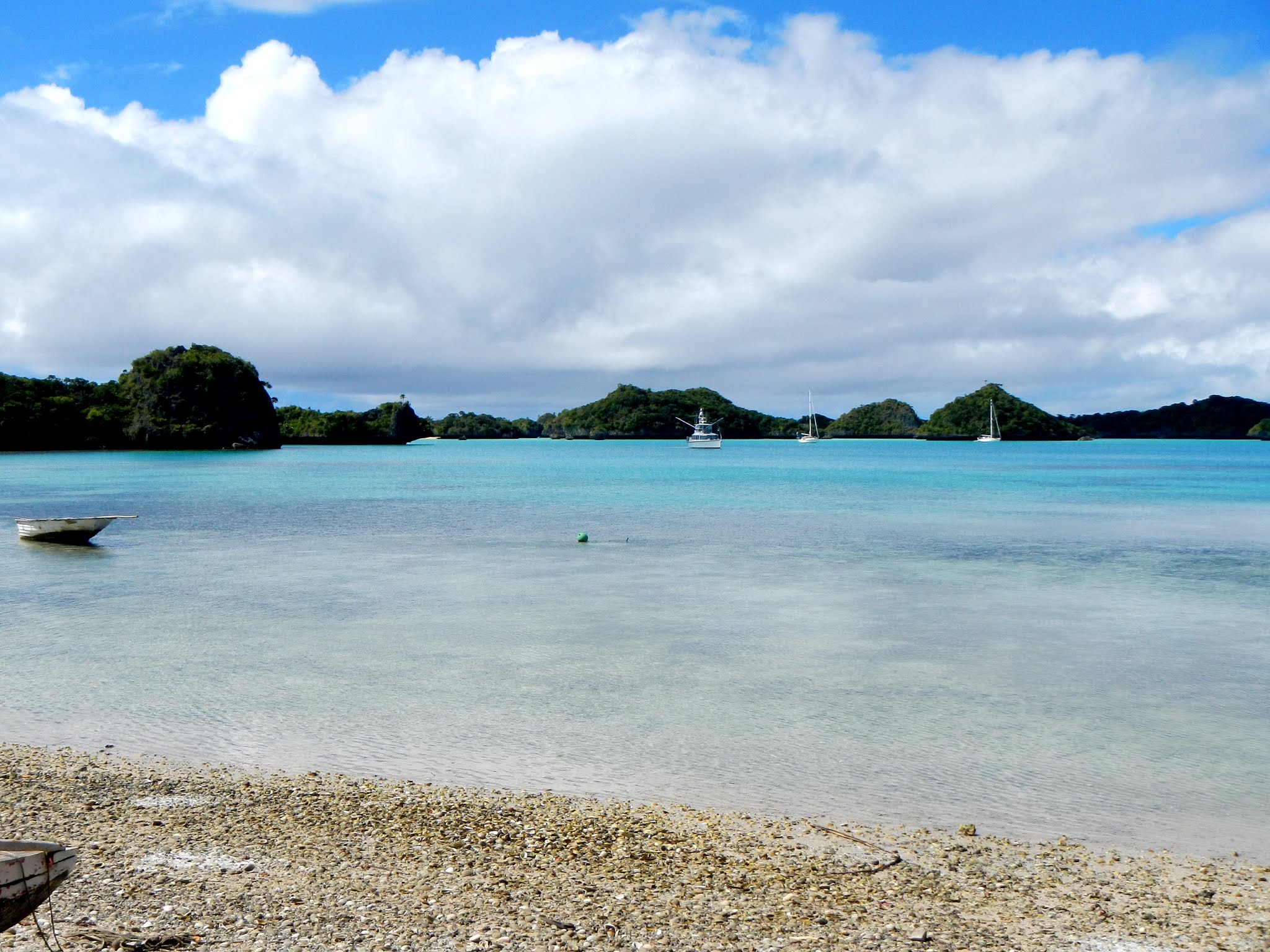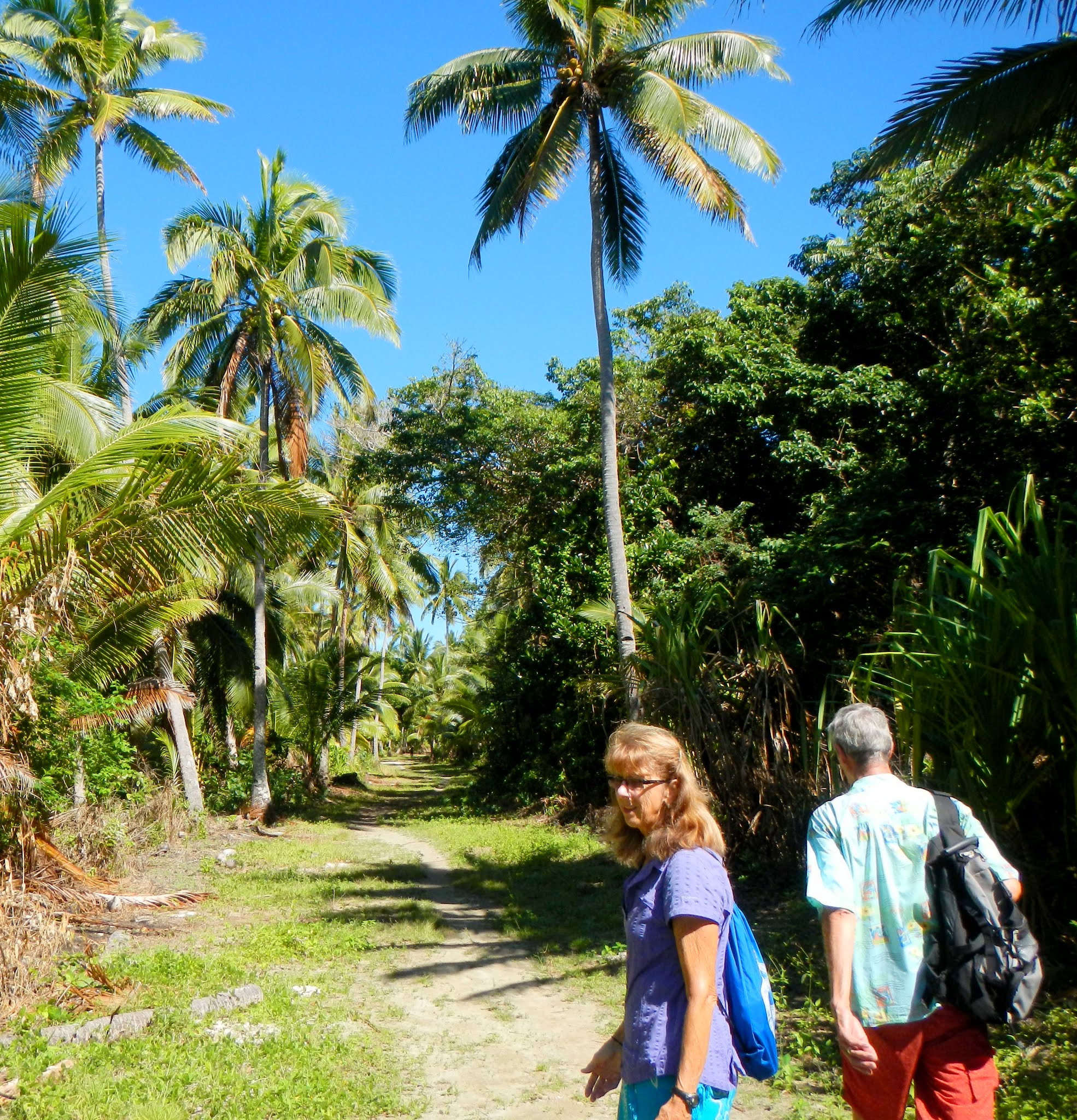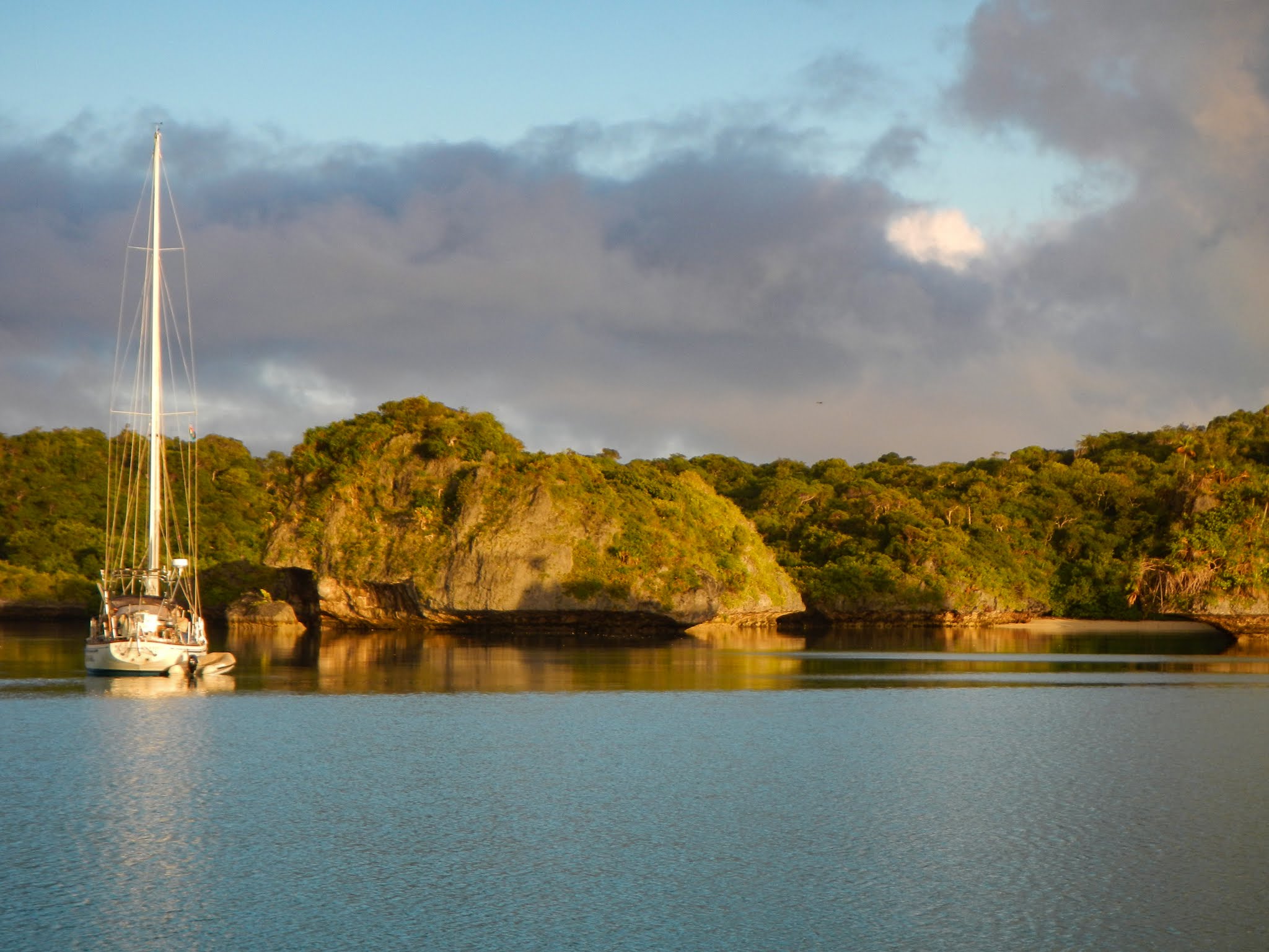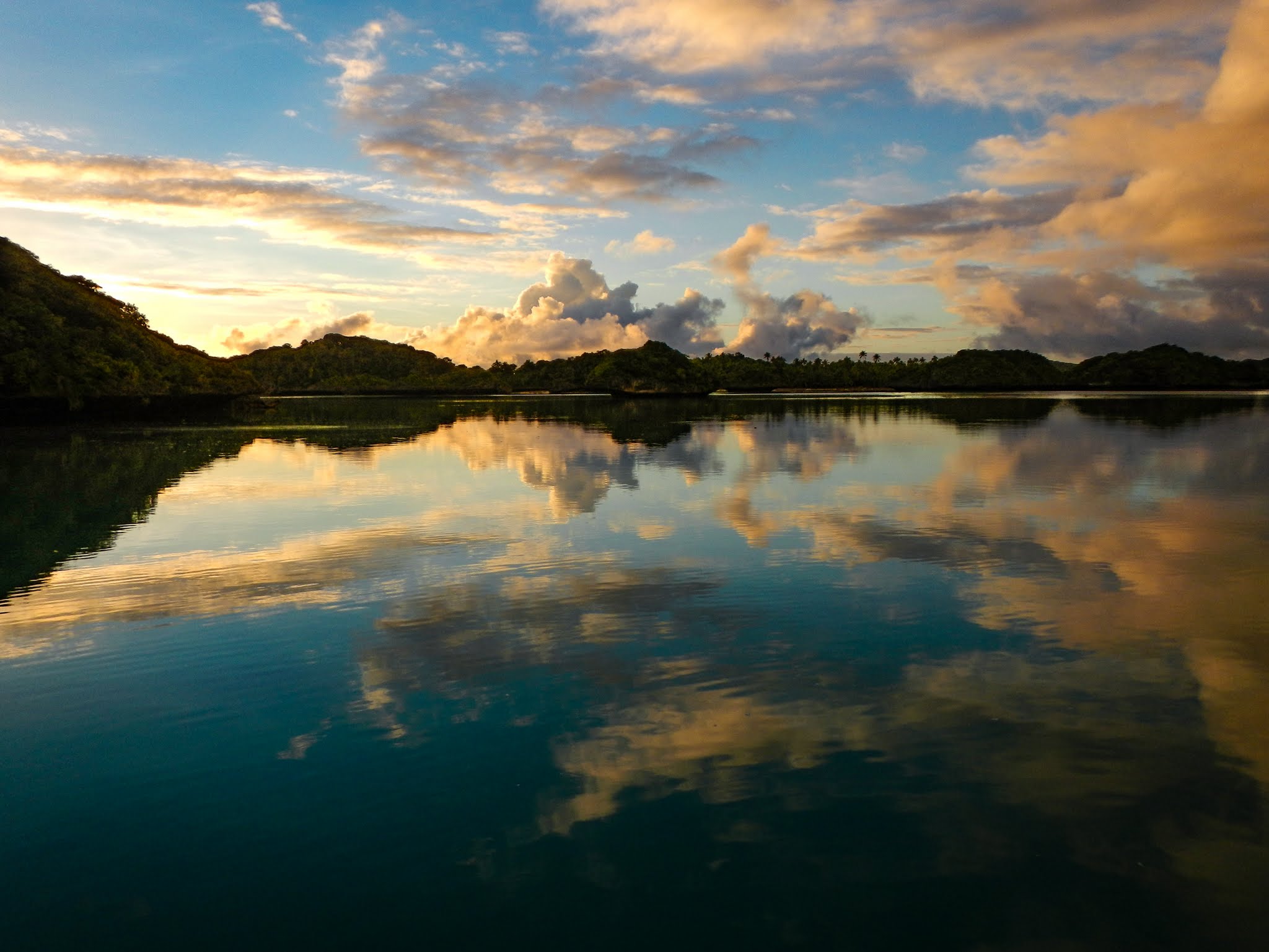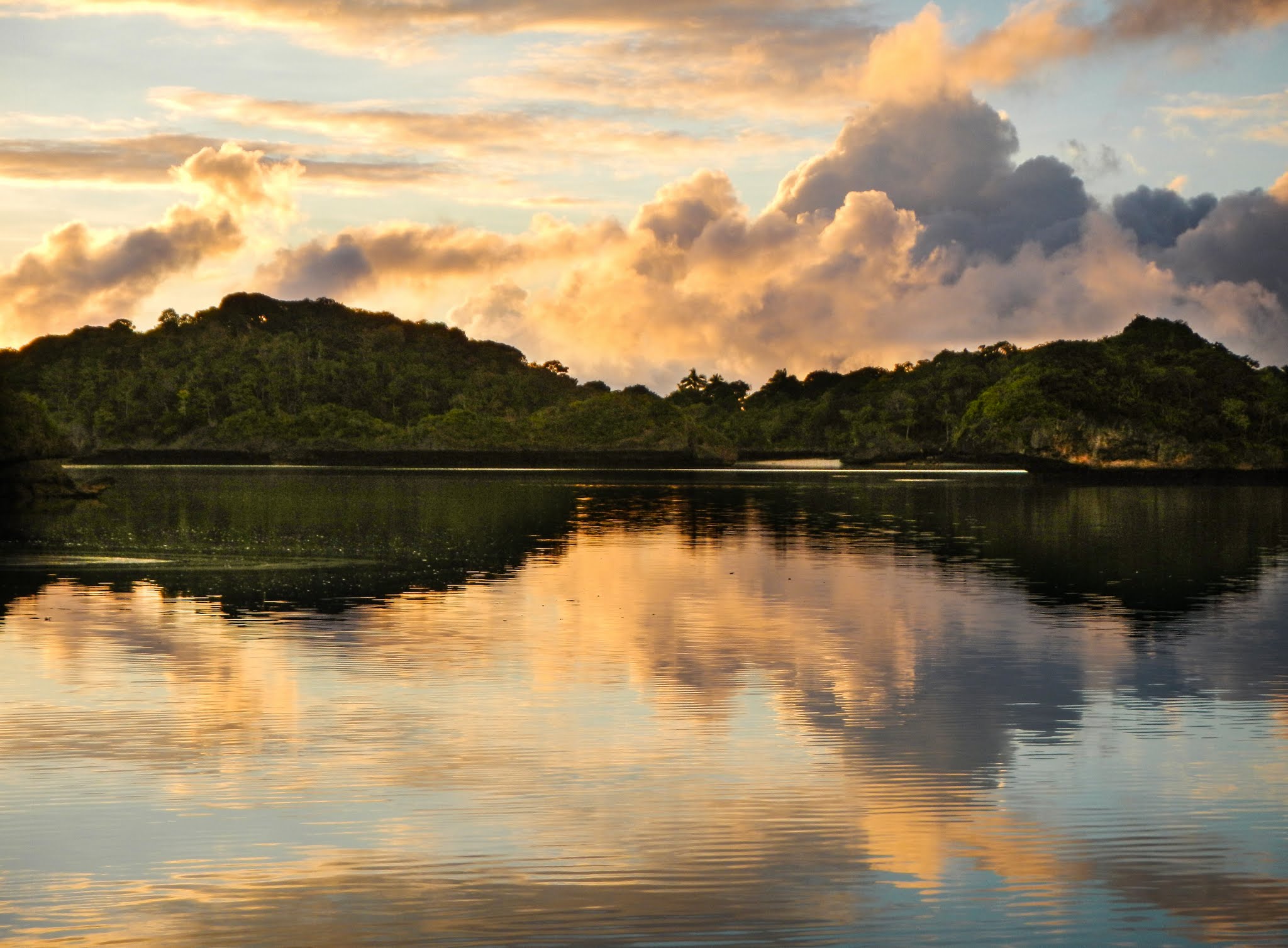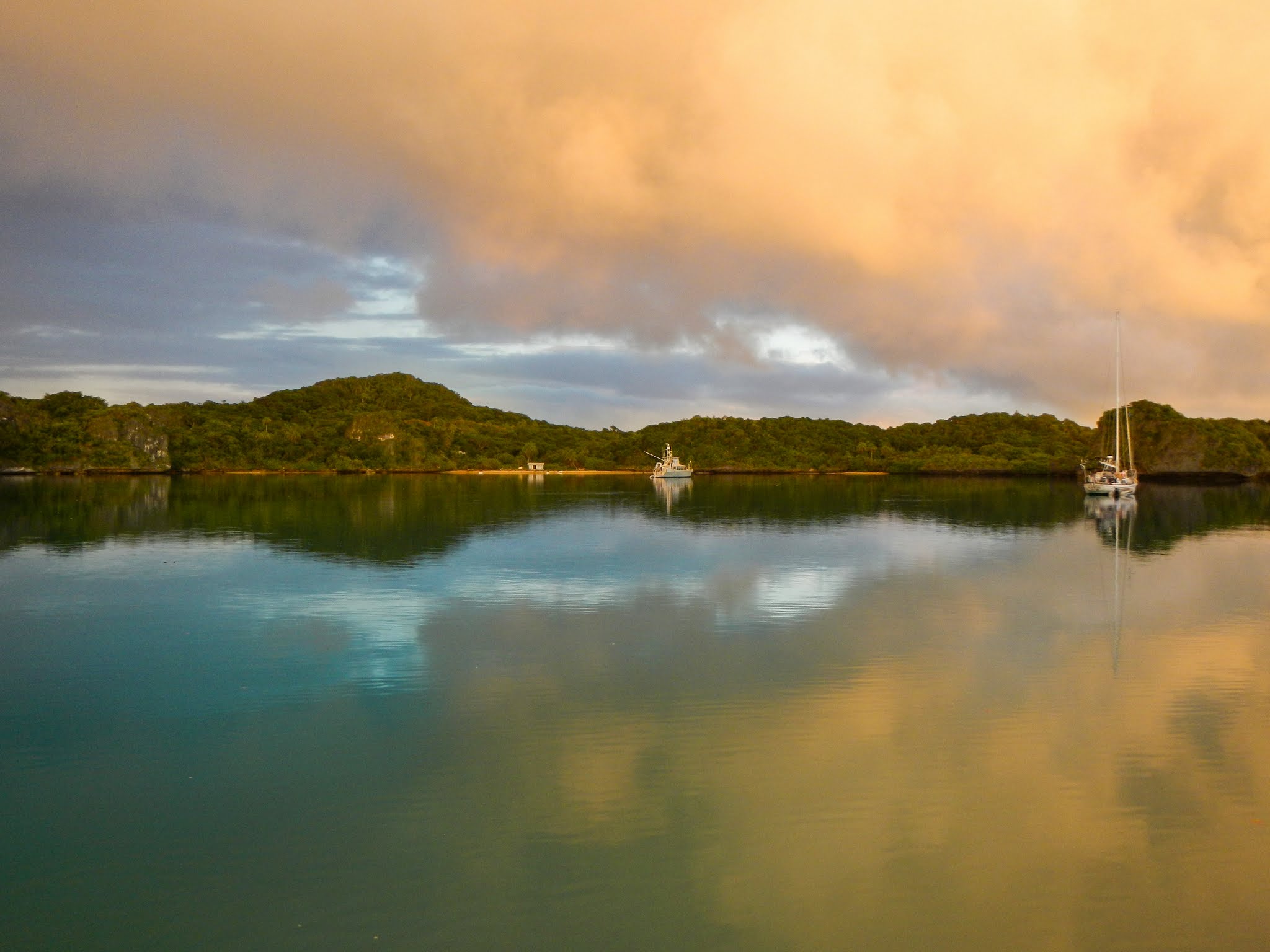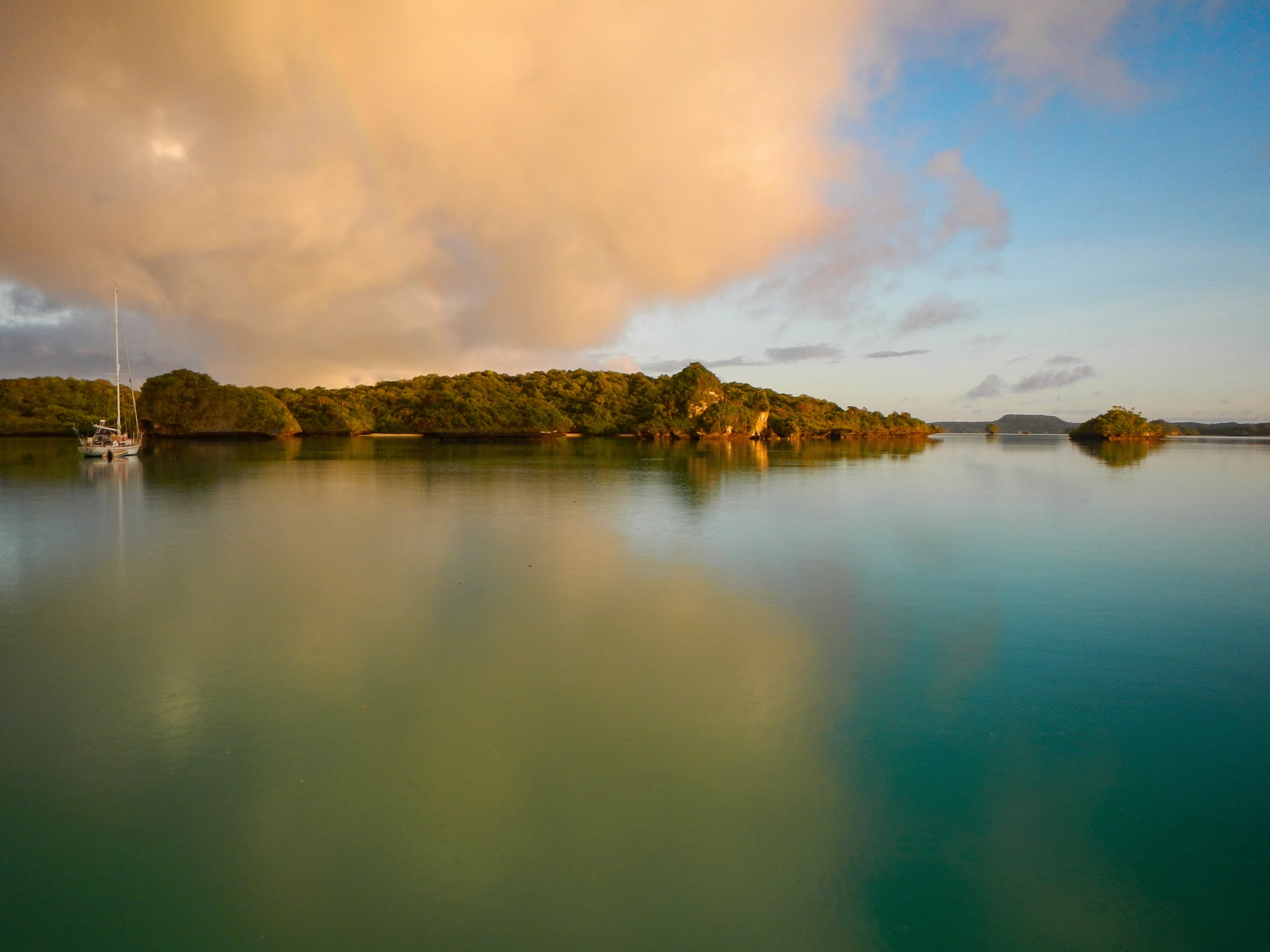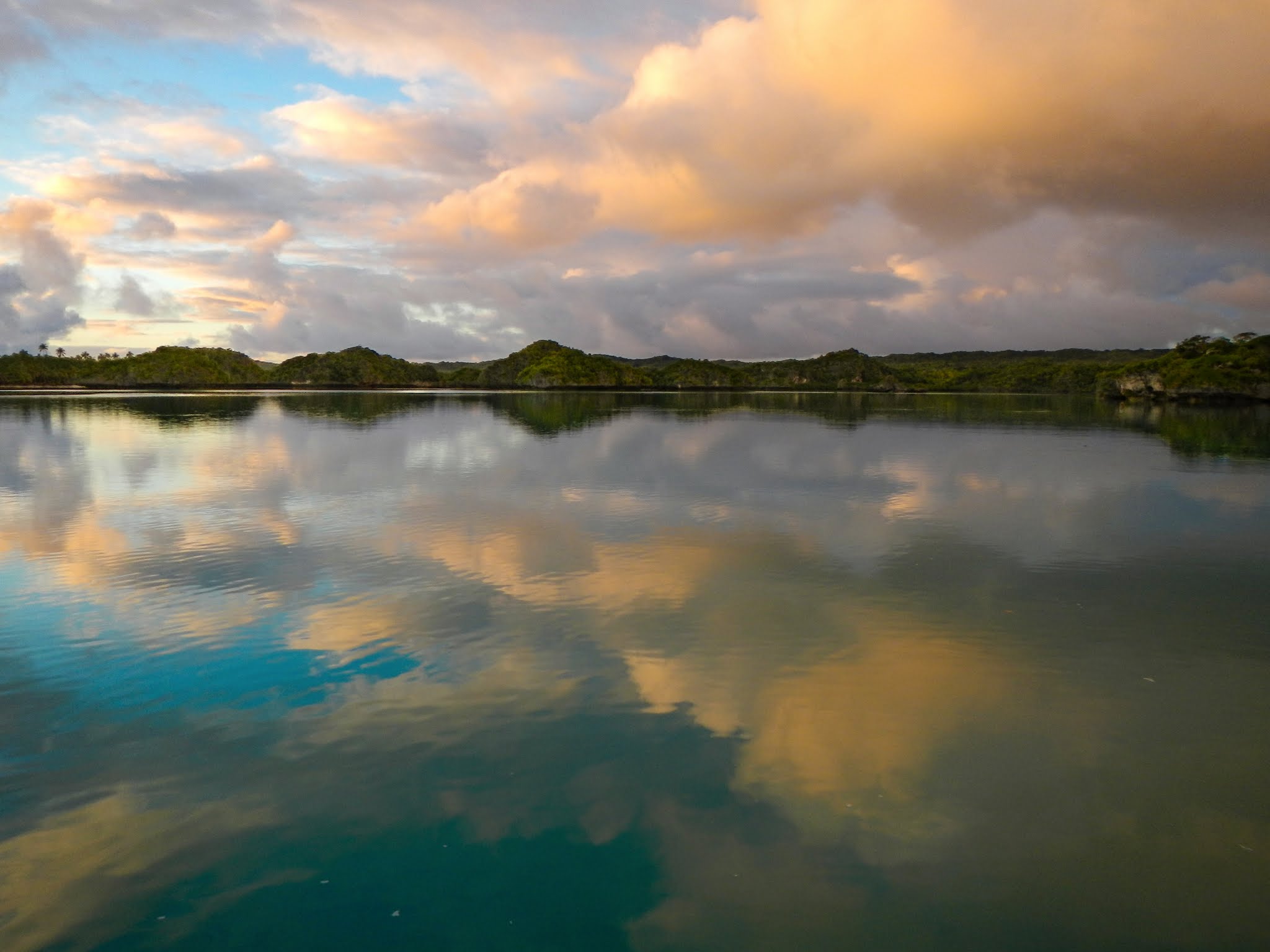August 25, 2013
Sunday morning we met up with our friends from Bright Angel, Tiger, and Kailani on the beach before walking to the village. Before we got there, everyone made sure to put on their sulus (pictured below).
Everyone had gifts for their host families. Rich and I had put together an array of things in a nice cloth bag: chisels and sand paper (that Sake had mentioned he needed), a machete, chocolate chip cookies, a tube of antibiotic ointment (they can always use this in the villages), and a few other assorted goodies that we hoped they could enjoy.
The cruisers all sat together in the church, following along as best we could since the service was in Fijian. I don’t know what all the minister said, but it seems in their religion God gets pretty pissy, and since he’s not in attendance, the minister serves as his yelling representative. Perhaps someone should tell their God about Lexapro. Oh well, what can you do?
After church, Rich and I headed over to Sake and Ba’s home for a lunch feast. Everyone sat on the floor in front of a low table, and various dishes were served. We had different kinds of fish: one cooked with coconut milk and taro, the other in a sort of red sauce, and a fish curry with noodles. We also had sweet potato, cassava, a starchy item made with coconut flour, and a dish of giant clam. It was all pretty good, although frankly we could have done without the rubbery giant clam. We were urged to keep eating, and we complied, but thankfully they were gracious about letting us stop before we got explosively full. Some people (in any culture) are insistent that you eat until it’s gone or die trying.
We ate, we talked, and eventually it was time to go. I was given leftovers, which meant we’d have to come back to the village the next day to return the pot they came in. We planned to head to another anchorage tomorrow and this would delay us, but we couldn’t graciously refuse. (Note to other cruisers: bring your own containers in case you’re offered leftovers.)
We quietly walked back to the anchorage on our own, and I got to look around more than usual. The path was filled with darting swallows, while small black and white butterflies were abundant in the greenery. The sea is definitely the star attraction here, but the land is quite pretty, too.
Below, a gallery of photos from this day, including the group changing into sulus, Sake and Ba’s home, a few pictures around the village, the path back and our anchorage beach. –Cyndi (Click to enlarge and scroll).









